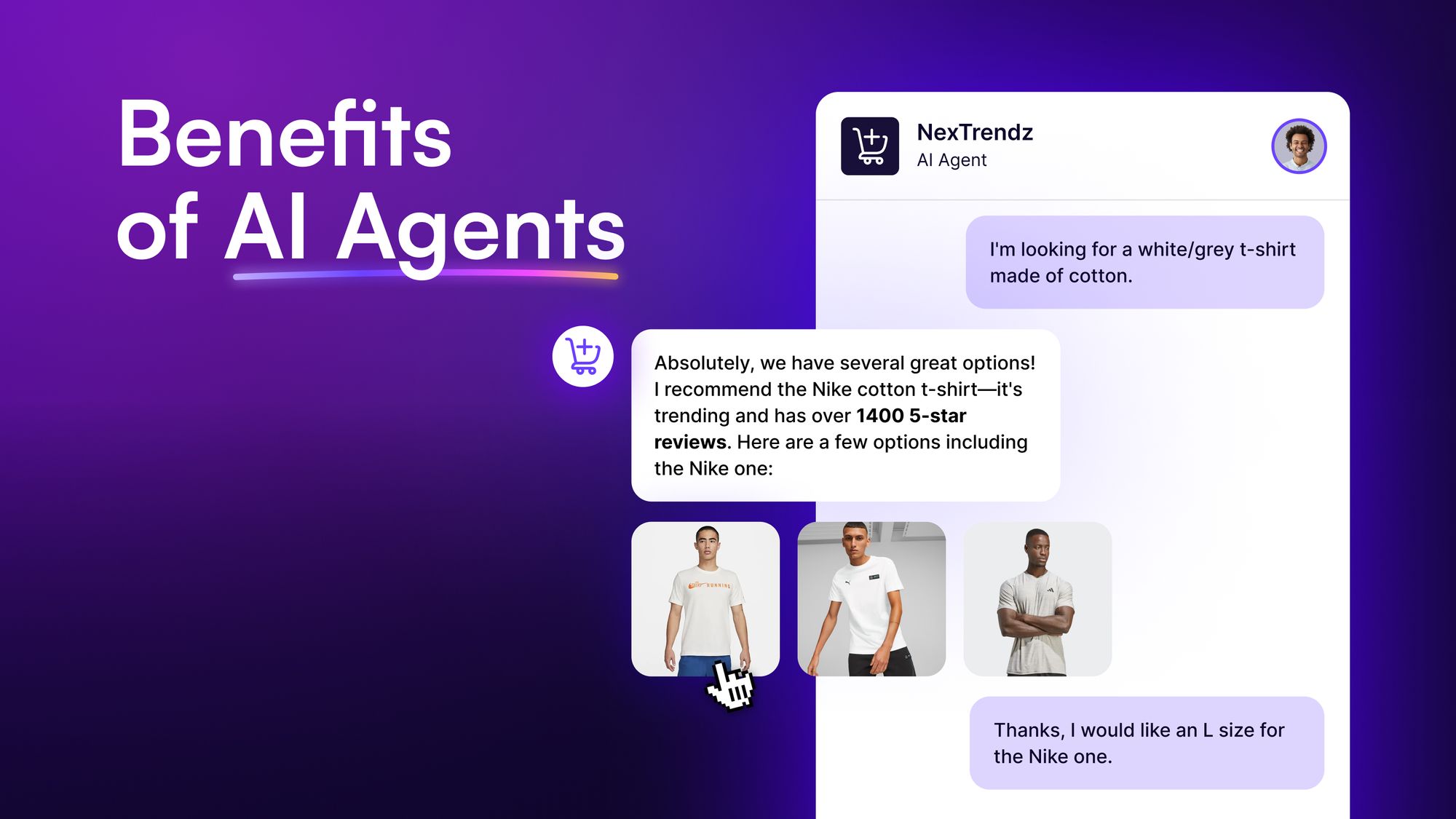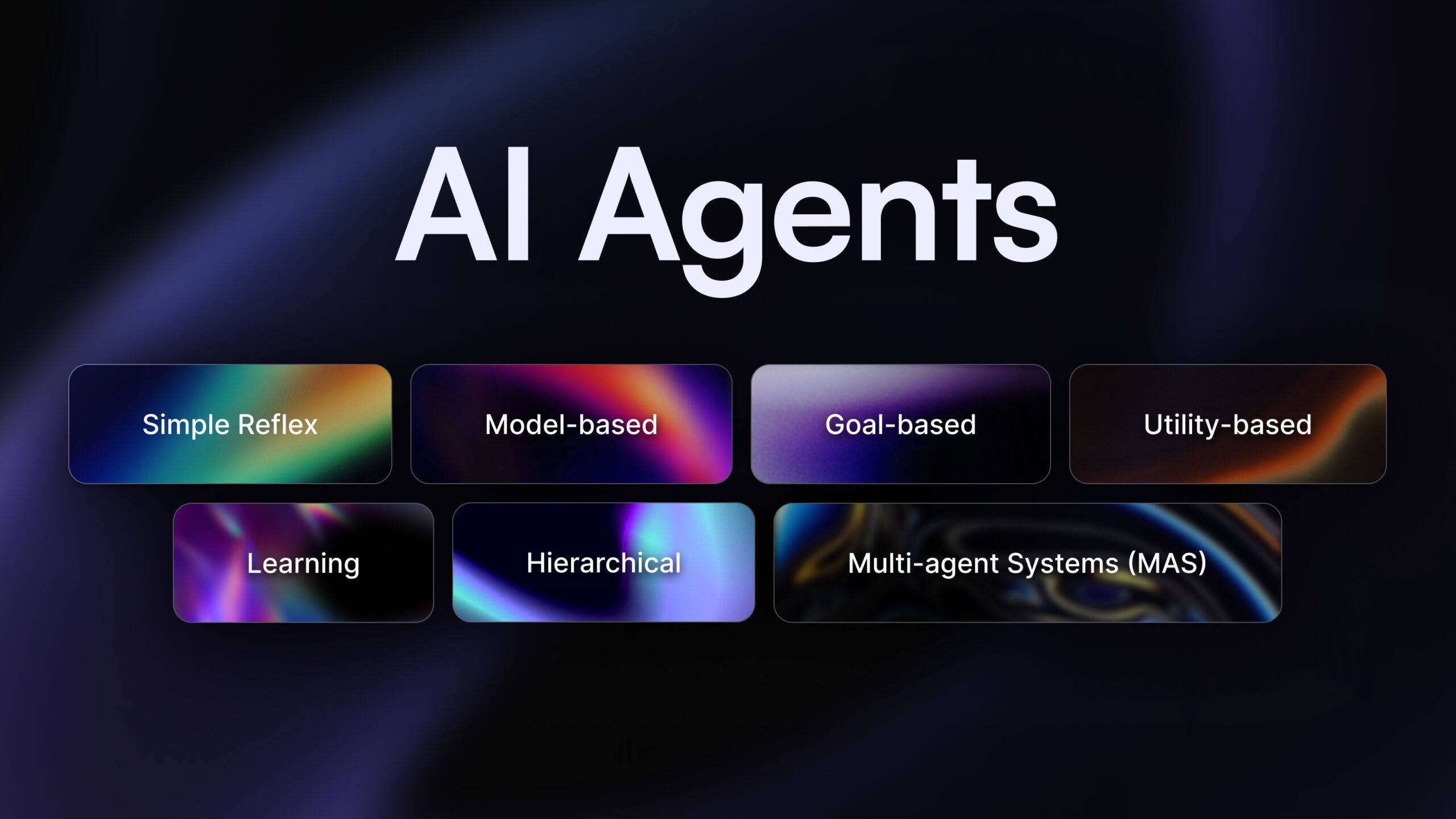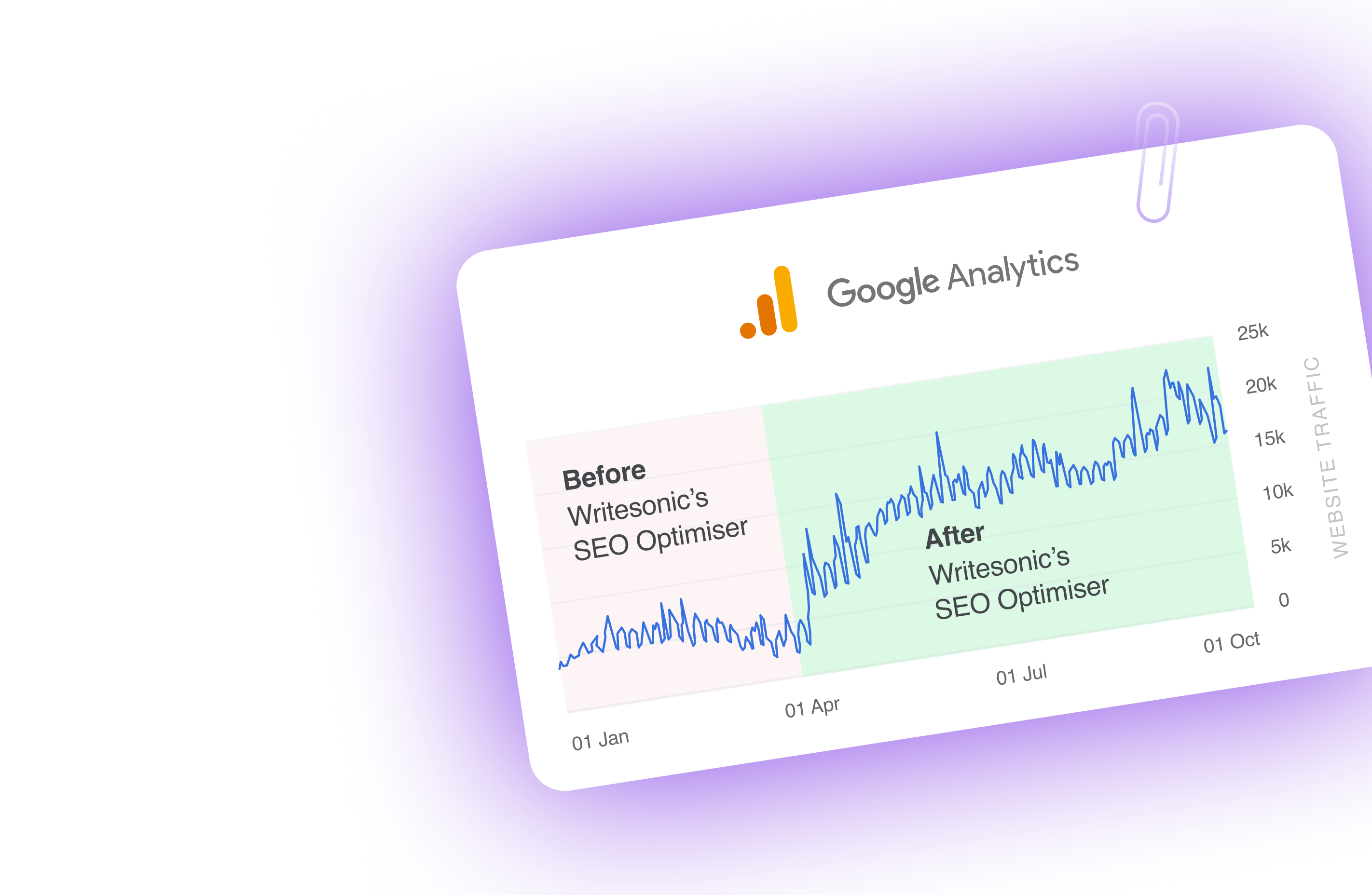AI agents for on-page SEO are transforming how we tackle blog optimization—no more wrestling with keyword research, tweaking meta tags for hours or hunting for internal linking opportunities.
These tools step in to simplify the process, giving you time to focus on creating content that truly connects with your audience.
Think of them as your behind-the-scenes team, working to boost rankings, improve user experience, and make every part of your website pull its weight.
In this guide, we’ll explain how AI agents like Chatsonic can transform your approach to on-page SEO—one step at a time. Let’s get started!
What is on-page SEO?
On-page SEO is all about optimizing individual web pages to rank higher and earn more relevant traffic in search engines. Think of it as fine-tuning the details on every page to ensure they’re optimized for both search engines and human visitors.
Unlike off-page SEO, which focuses on external signals like backlinks, on-page SEO deals with both the content and HTML source code of a page that can be optimized.
This includes everything from your words to how your site is structured. Here are some core elements involved with on-page SEO:
- Content quality: High-quality, relevant content that answers user queries and provides value.
- Title tags: Descriptive and keyword-rich titles for each page.
- Meta descriptions: Concise summaries of page content that entice users to click.
- Header tags (H1, H2, H3, etc.): Properly structured headings that organize content and highlight important information.
- URL structure: Clean, descriptive URLs that include target keywords.
- Internal linking: Strategic links between relevant pages on your site.
- Image optimization: Proper use of alt tags and file names for images.
- Page speed: Fast-loading pages for better user experience and search engine rankings.
- Mobile-friendliness: Responsive design that works well on all devices.
- Schema markup: Structured data that helps search engines understand your content better.
It’s important to note that on-page SEO isn’t a one-time fix.
It’s an ongoing effort to ensure your site aligns with search engine algorithms and delivers the best possible experience to visitors.
With this foundation in mind, let’s explore how Chatsonic can simplify and enhance your on-page SEO efforts.
Chatsonic’s AI agent for on-page SEO: Quick overview
Chatsonic’s AI SEO agent simplifies on-page SEO tasks by combining powerful AI capabilities with real-time web search, integrations, and an intuitive interface.
Designed to assist a wide range of users—from solopreneurs to seasoned marketers—it delivers actionable insights, automates repetitive tasks, and streamlines workflows for greater efficiency.
Here’s how Chatsonic’s AI agent for on-page SEO stands out from traditional SEO tools:
1. Built-in integrations for real-time data
Chatsonic connects seamlessly with industry-standard platforms like Ahrefs, Keywords Everywhere, and Google Search Console. These integrations allow you to:
- Automate keyword research with comprehensive reports and conversational prompts.
- Analyze competitor strategies with up-to-date insights directly from trusted SEO tools.
- Identify optimization opportunities with real-time information, eliminating the guesswork.
2. End-to-end workflow management
Unlike tools that focus on just one aspect of SEO, Chatsonic supports the entire workflow—analysis, creation, and publishing. For example:
- Start with a keyword or topic idea. Chatsonic will help you refine it into clusters or content briefs.
- Use its content generation features to craft blog posts, meta tags, and more.
- Publish directly to platforms like WordPress, saving time and avoiding manual uploads.
3. Easy-to-use conversational interface
Chatsonic’s conversational AI and prompt template library make advanced SEO tasks feel simple. Whether you need to analyze meta descriptions or generate keyword-focused content, all you need to do is ask. For instance:
- “Show me low-competition keywords for [topic].”
- “Audit my webpage and highlight missing internal links.”
The responses are clear, actionable, and tailored to your input, cutting down the learning curve for beginners while saving time for experts.
4. SEO-driven content creation
Chatsonic excels in generating content that aligns with SEO best practices. It can:
- Create optimized blog posts with keywords naturally integrated.
- Suggest headline variations to improve click-through rates.
- Generate content tailored to your brand voice and writing style.
5. Analytics and reporting
The AI agent simplifies SEO reporting by generating summaries and actionable recommendations. For instance, it can:
- Highlight underperforming pages and suggest improvements.
- Provide reports on keyword rankings, traffic patterns, and search trends.
- Create easy-to-read and visual reports with charts and graphs.
With Chatsonic’s AI agent, on-page SEO doesn’t have to be time-consuming or overwhelming. It’s a smarter, faster, and more efficient way to ensure your website is optimized for both search engines and users.
Next, let’s explore how it can tackle specific SEO-related tasks.
💡For more information: Learn what is Chatsonic and its capabilities
How to enhance on-page SEO using Chatsonic
1. Keyword research and analysis
Keyword research involves identifying the words and phrases people commonly use to search for information online. These keywords serve as the foundation for your content, helping search engines understand what your page is about and matching it to user queries.
But it’s not just about finding any keywords. You need to identify long-tail phrases and semantic keywords (or related terms) that provide context to your content.
Google’s algorithms, such as RankBrain, prioritize pages that include these semantically related terms to better match user intent.
In fact, 68% of all online experiences start with a search engine, so targeting the right keywords and queries can significantly influence your visibility.
How Chatsonic helps with keyword research:
Chatsonic integrates with Ahrefs and Keywords Everywhere, so you don’t have to bounce between multiple keyword research tools.
Here’s how this can help with your keyword optimization:
Semantic keyword suggestions
Just enter a topic or seed keyword, and Chatsonic will provide a comprehensive report of related keywords, their search volume, and competition levels.
The AI agent identifies terms that align with user intent, helping you rank for broader queries while maintaining relevance.
Here’s how we were able to identify keywords and related terms for a blog about “coffee brewing methods:”
Long-tail keywords
Chatsonic can help you uncover long-tail keywords that may have lower competition but higher conversion potential.
For instance, instead of targeting the keyword “digital marketing,” you can create content that targets the query “digital marketing for small businesses.”
Using its live web search, Chatsonic offers keyword insights that reflect current search trends, ensuring your content stays relevant.
💡 Pro tip: Use Chatsonic’s built-in prompt template library for quick, precise, and accurate responses if you’re unsure how to create the perfect prompt.
2. Topic clustering
Topic clustering is an on-page SEO strategy where you organize content into interconnected groups, or “clusters,” around a central topic.
This strengthens your site’s authority by signaling to search engines that you cover a subject comprehensively and have strong topical authority.
For instance, a pillar page on “Email Marketing” could link to supporting articles like “Benefits of Email Marketing,” “Best Email Marketing Tools,” and “Common Email Marketing Mistakes.”
This strategy improves internal linking and ensures your site is easily crawlable. It also encourages readers to spend more time on your website and allows you to rank for more keywords.
Fortunately, Chatsonic automates the process of manually creating and managing topic clusters.
All you have to do is, ask the AI agent to cluster topic suggestions based on keywords.
It not only suggests cluster topics but also gives action items for your content strategy rank for these terms.
3. Creating SEO-driven content
SEO-driven content is designed to meet two critical goals: satisfy user intent and align with search engine algorithms.
Essentially, you’re not just writing for search engines but creating content that offers genuine value to your audience while being optimized for discoverability.
As a result, Google strongly emphasizes its E-E-A-T guidelines, which stands for Experience, Expertise, Authoritativeness, and Trustworthiness.
Plus, you must ensure evenly distributed keywords throughout your blog within relevant sections and headings without overstuffing.
Fortunately, Chatsonic is designed to meet both search engine expectations and user needs, making it a powerful tool for creating content that ranks and delivers value.
It can generate high-quality content that reflects expertise by including well-researched data and relevant examples.
Thanks to its real-time browsing feature, it ensures authority by suggesting citations or references and adds trustworthiness with fact-checked information.
Unlike generic AI tools, Chatsonic ensures that generated content is both original and verified. This directly supports Google’s trustworthiness pillar under E-E-A-T, reducing the risk of publishing misleading or redundant material.
💡 P.S.: If you’re looking for a more comprehensive and tailored AI writing tool, check out Writesonic’s AI Article Writer! With just a few simple steps, you’ll get SEO-optimized blogs in just minutes. Plus, with its built-in SEO checker, you can ensure your article ranks as impressively as it reads.
4. Optimizing meta tags and descriptions
Meta tags, including title tags and meta descriptions, act as a preview of your page’s content in search results.
They help search engines understand the relevance of your page while encouraging users to click through.
A well-crafted meta tag can significantly improve your click-through rate (CTR)—a key factor in Google’s ranking algorithm. However, writing effective meta tags requires balancing keyword usage, relevance, and engagement.
Pages with well-optimized title tags see a 20.5% increase in CTR compared to those without.
Chatsonic simplifies the process of crafting compelling meta tags and descriptions with precision and ease:
All you have to do is input your page topic or URL, and Chatsonic will create title tags and meta descriptions optimized for both keywords and readability.
You can also use Chatsonic to audit your current meta tags. It identifies tags that are too short, too long, or missing altogether, providing suggestions for improvement.
The AI can also ensure your meta tags use primary and related keywords naturally, without overstuffing, to improve ranking without penalization.
5. Identifying internal link opportunities
Internal links connect one page of your website to another. They help search engines understand the structure of your site, establish hierarchy, and distribute link equity across pages.
For users, they improve navigation and keep them engaged longer, which can boost conversions.
Even Google has stated that internal links are a critical ranking factor, as they help crawlers discover and index pages more effectively.
A study by Backlinko also found that pages with a higher number of internal links receive significantly more organic traffic than those without.
However, manually identifying internal linking opportunities can be time-consuming, especially on larger websites. But Chatsonic simplifies this process by providing actionable suggestions tailored to your site’s content.
For example, you can share your blog content with Chatsonic’s AI agent and provide a link to your site. With this information, the AI will quickly analyze which terms should be hyperlinked to a particular page on your website.
Here’s how we identified internal link opportunities using Chatsonic:
💡You might also like: A 10-Step Guide to Boost Your Visibility for SEO for Startups
6. Conduct on-page SEO website analysis
On-page SEO analysis involves evaluating individual pages of your website to identify optimization opportunities.
This helps ensure that every element—from content to meta tags, headings, and technical factors—is aligned with best practices to improve your site’s rankings and user experience.
Regular on-page analysis is essential because search engines frequently update their algorithms, and pages that were once optimized can lose their edge over time.
Chatsonic can review your meta titles, descriptions, and headings to ensure they are optimized for length, keywords, and user intent.
For example, it might flag a meta description that exceeds 160 characters and suggest a more concise version.
It may also highlight areas that lack keyword optimization, have thin content, or don’t align with user search intent. It can suggest adding semantic keywords or improving readability to boost engagement.
7. SEO-optimized competitor analysis
Keeping your existing pages optimized is just as important as creating new content.
Search engines frequently update their algorithms, and user behavior evolves over time. If your pages aren’t aligned with the latest trends and competitive standards, they risk losing visibility.
An SEO content audit helps identify gaps in your current pages, such as missing topics and underutilized keywords, and through comprehensive competitor analysis.
💡 Did you know? Updating and optimizing old blog posts can boost organic traffic by 106%, according to HubSpot.
Chatsonic’s autonomous AI agent can analyze your existing pages and deliver actionable insights to improve performance. It works like a personal SEO consultant, highlighting what’s missing and what you can do better.
Plus, it can generate content that is tailored to your specific brand voice and writing style.
All you have to do is input files that reflect your brand guidelines or any existing content that Chatsonic can analyze.
The best part about Chatsonic is that it doesn’t just point out issues—it helps fix them.
For example, it can generate updated sections, rewrite outdated paragraphs, or suggest internal links to improve engagement.
8. Voice SEO optimization
With the growing popularity of assistants like Siri, Alexa, and Google Assistant, voice search has become integral to modern SEO strategies.
If you want to make your content easily discoverable and rank well for spoken queries, you need to optimize it for voice search, which often differs from traditional text-based searches.
AI SEO agents simplify this by leveraging advanced NLP and data analytics to predict voice search behavior.
Here’s how they help:
- AI tools analyze voice search data to identify long-tail and question-based keywords relevant to your niche.
- They evaluate your content and suggest ways to structure it for voice search, such as using concise, direct answers in a Q&A format.
- AI agents help optimize for “near me” and location-based queries, ensuring your business appears in voice search results.
- Since voice search often pulls answers from featured snippets, AI agents provide insights on how to format your content to increase the chances of being featured.
💡 Also check out: 8 Free AI Voice Generators to Try
9. AI-powered image generation
Visual content plays a crucial role in SEO and user engagement. Images can improve your content’s appeal, break up text, and even rank in image search results.
However, creating relevant, high-quality images for every piece of content can be time-consuming and costly.
This is where Chatsonic’s multi-modal integrations with Flux 1.1, DALL-E 3, and Stable Diffusion XL can help.
For example, here’s an example of an AI-generated image from Chatsonic for our blog on coffee brewing methods:
10. Analytics and reporting
Evaluating on-page SEO performance metrics is essential for any SEO professional or agency.
However, this task can be incredibly time-consuming, and understanding the data can be challenging. Plus, crafting insightful reports for stakeholders requires significant effort.
But with Chatsonic, you can streamline this process by uploading PDFs or CSV files of your content metrics, and the AI will analyze the data, summarize key insights, and generate interactive reports and dashboards tailored to your SEO needs.
Ready to boost your on-page SEO with Chatsonic?
On-page SEO can be daunting, but with Chatsonic, it’s no longer a chore—it’s an opportunity to elevate your website’s performance.
Its AI-driven insights, seamless integrations, and intuitive interface make it the ultimate partner for enhancing your on-page SEO.
Whether you’re a seasoned marketer or just starting, Chatsonic turns the complexity of SEO into actionable, measurable results.
So why wait? Take advantage of SEO automation and start seeing the impact on your rankings today!
FAQs
1. What is an on-page SEO checklist, and why is it important?
An on-page SEO checklist is a comprehensive list of tasks to optimize individual web pages for search engines and users. It typically includes optimizing title tags, meta descriptions, headers, content quality, internal linking, and page speed.
This checklist is crucial because it ensures consistent implementation of SEO best practices, improves search engine rankings, enhances user experience, and increases organic traffic to your website.
2. How do on-page SEO techniques differ from off-page SEO strategies?
On-page SEO techniques focus on optimizing elements within your website, such as content, HTML source code, and site structure. This includes keyword optimization, improving site speed, and enhancing user navigation.
On the other hand, off-page SEO strategies involve actions taken outside of your website to improve its search engine rankings and online reputation. These include building high-quality backlinks, social media marketing, and managing online reviews and brand mentions.
3. What are some common on-page SEO mistakes to avoid?
Common on-page SEO mistakes to avoid include keyword stuffing, creating low-quality or thin content, neglecting mobile optimization, using non-descriptive URLs, ignoring image alt tags, and having slow page load times.
Other critical errors are duplicate content, poor internal linking, and failing to optimize meta tags and headers.
Avoiding these mistakes ensures better search engine rankings, improved user experience, and increased organic traffic to your website.


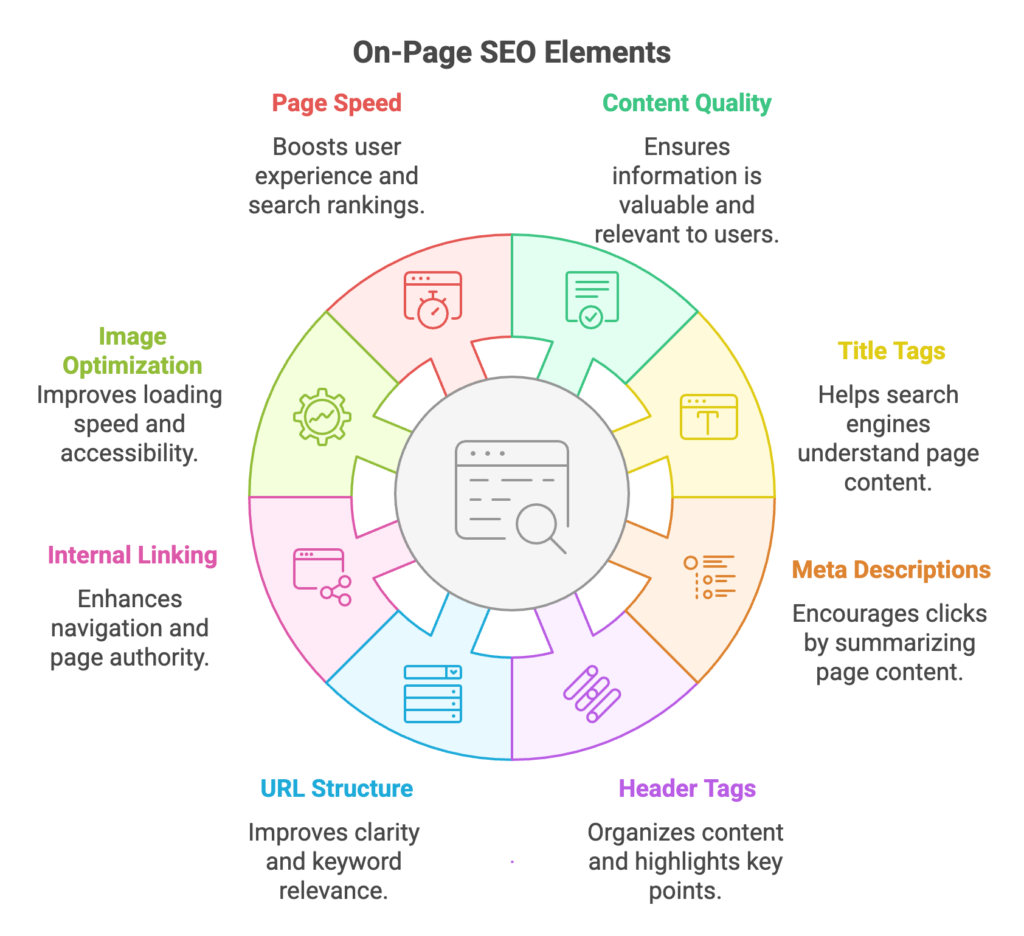
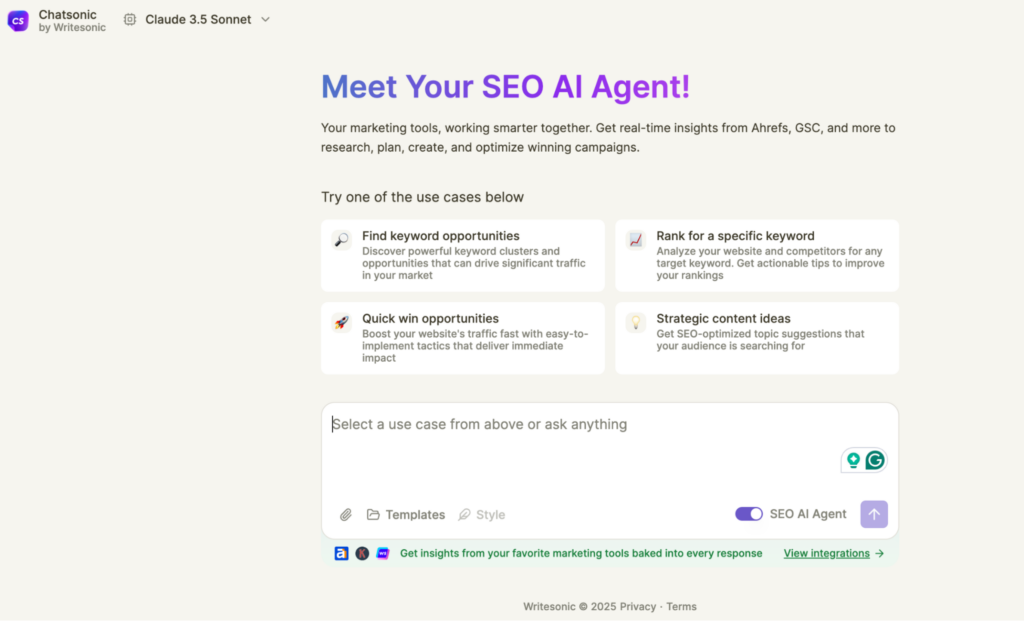
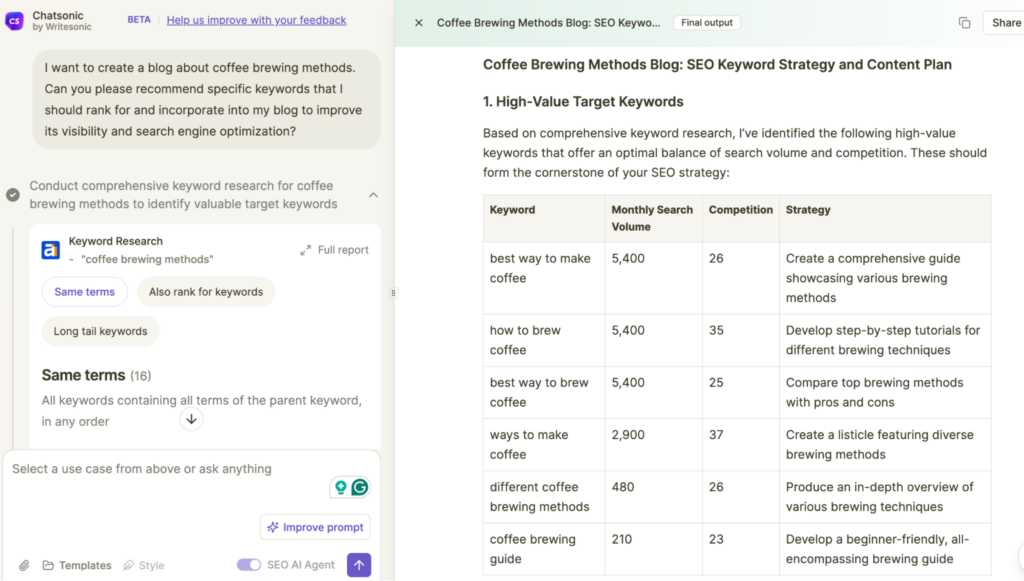
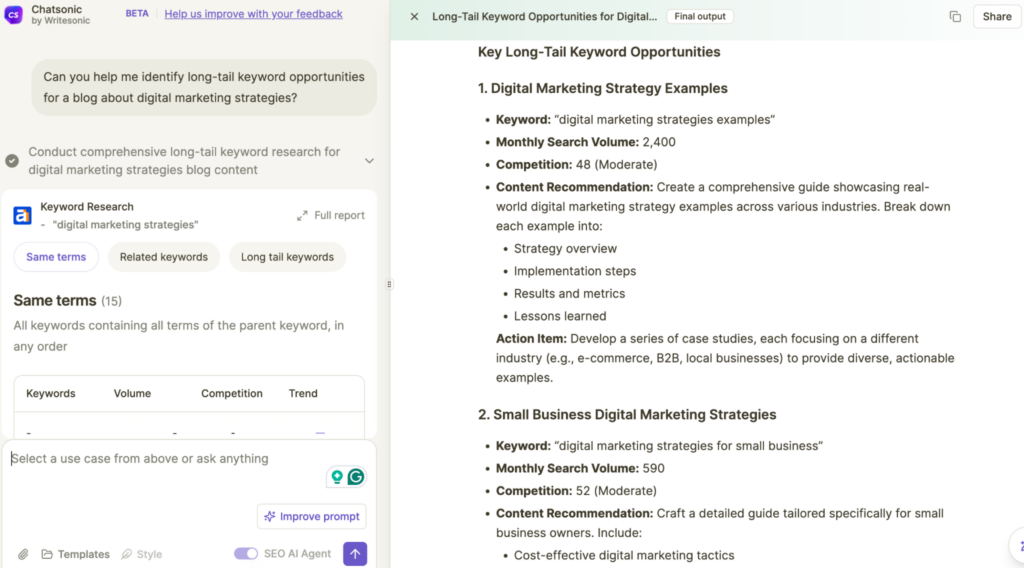
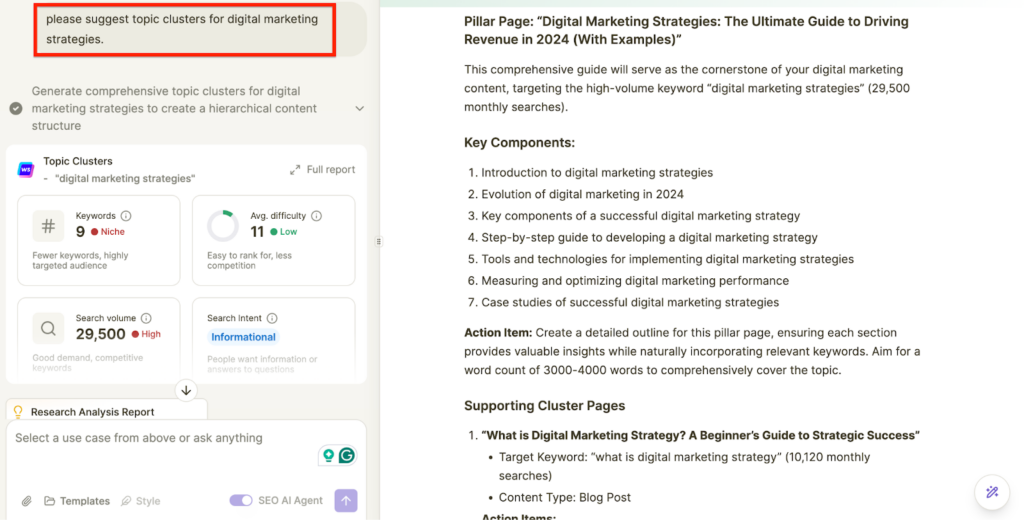
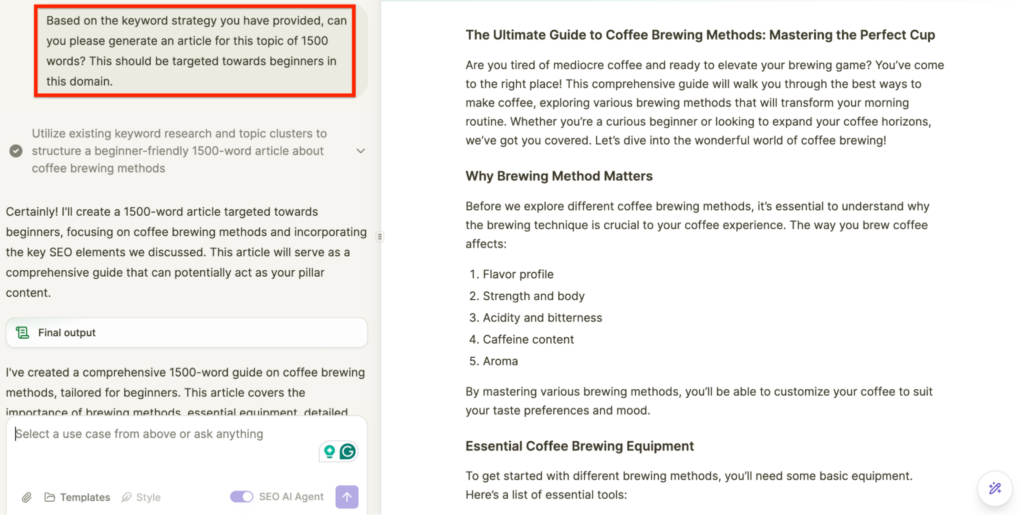
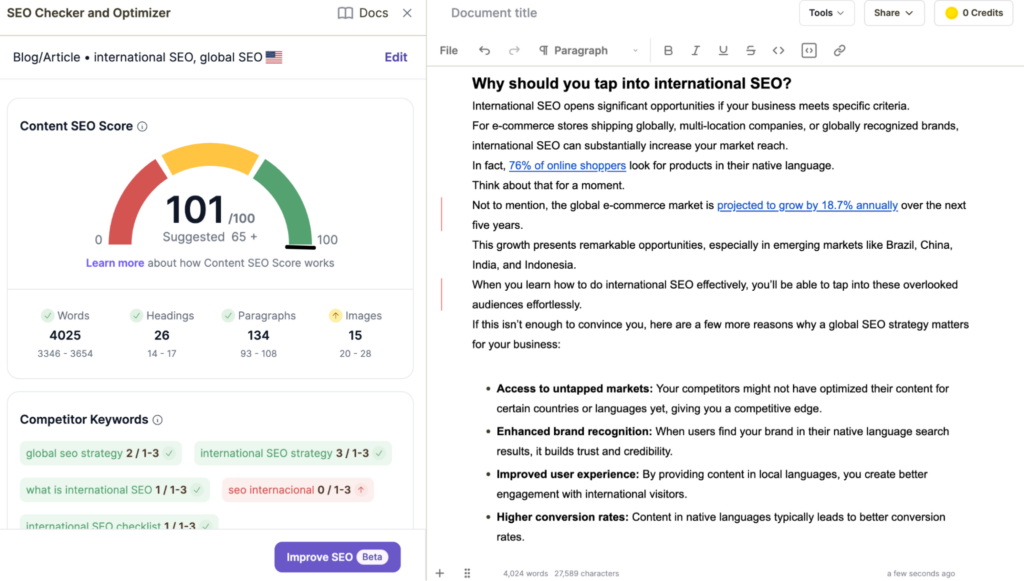
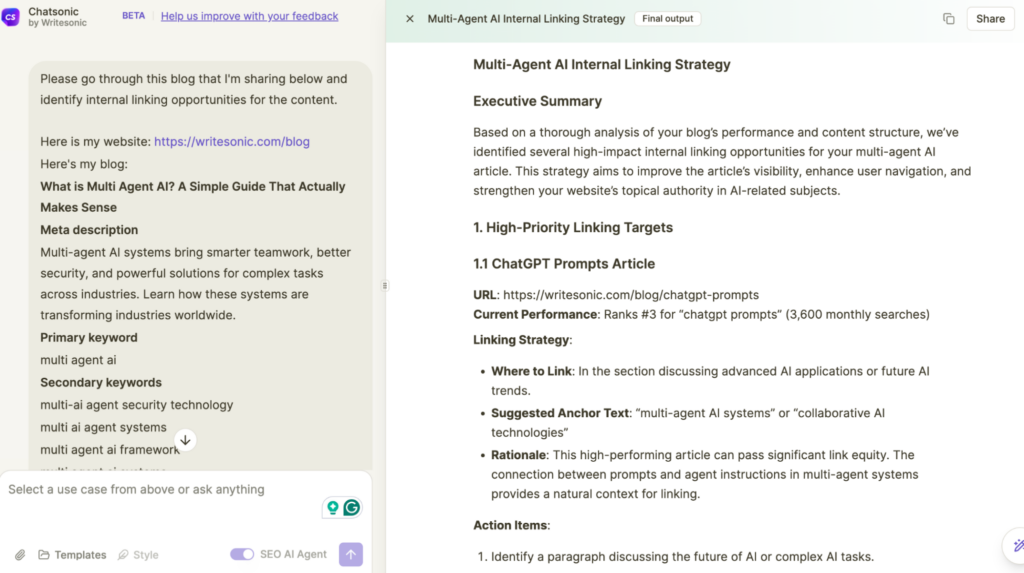
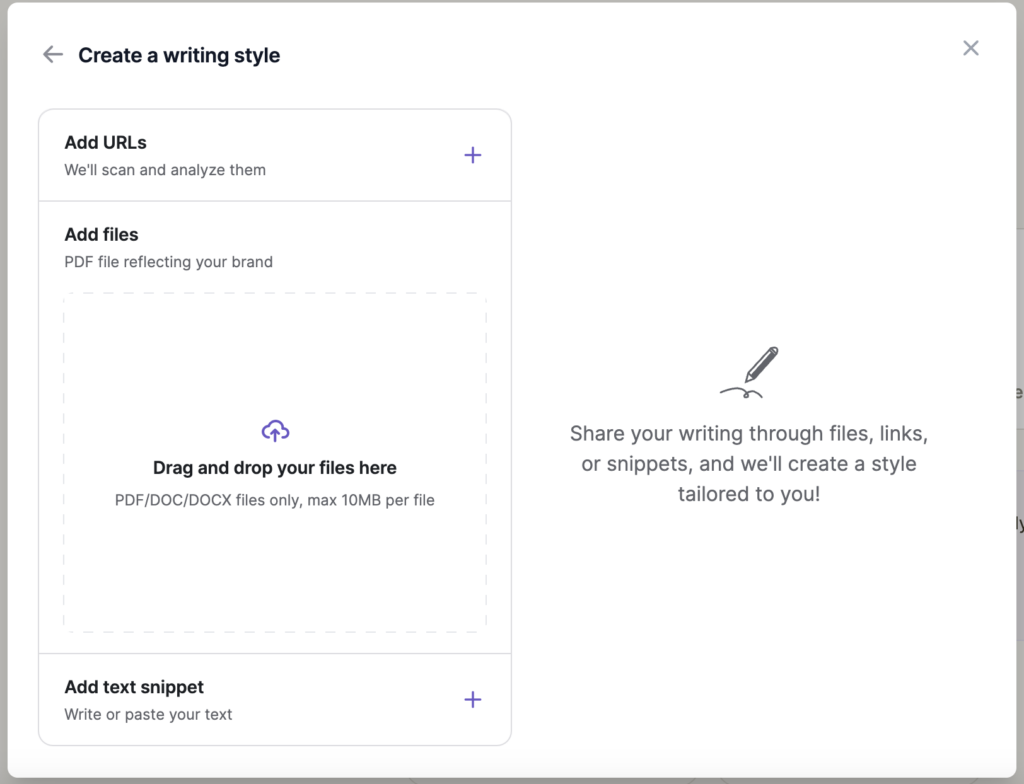
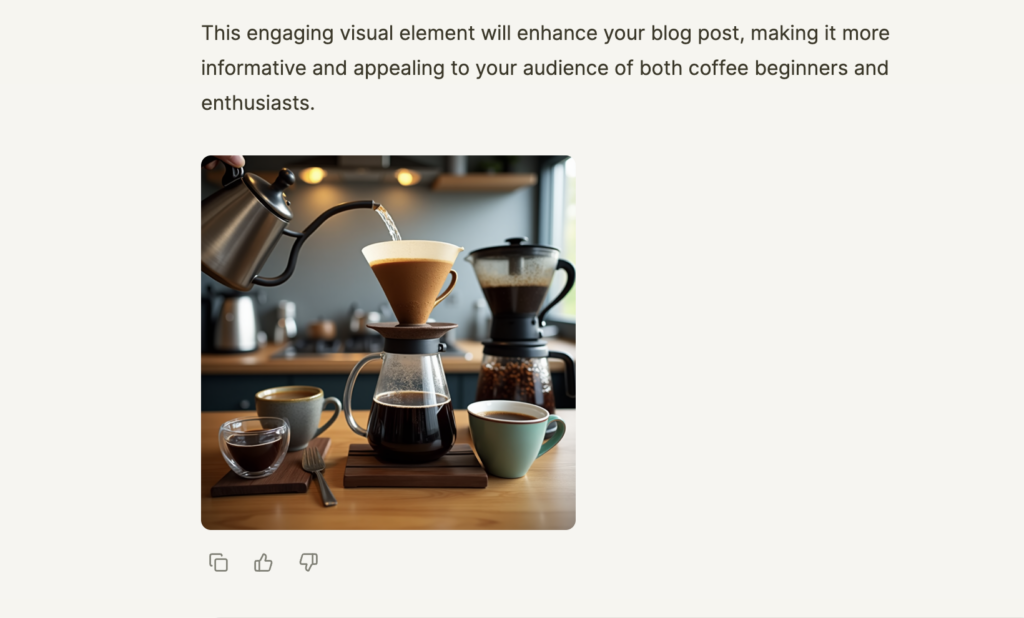
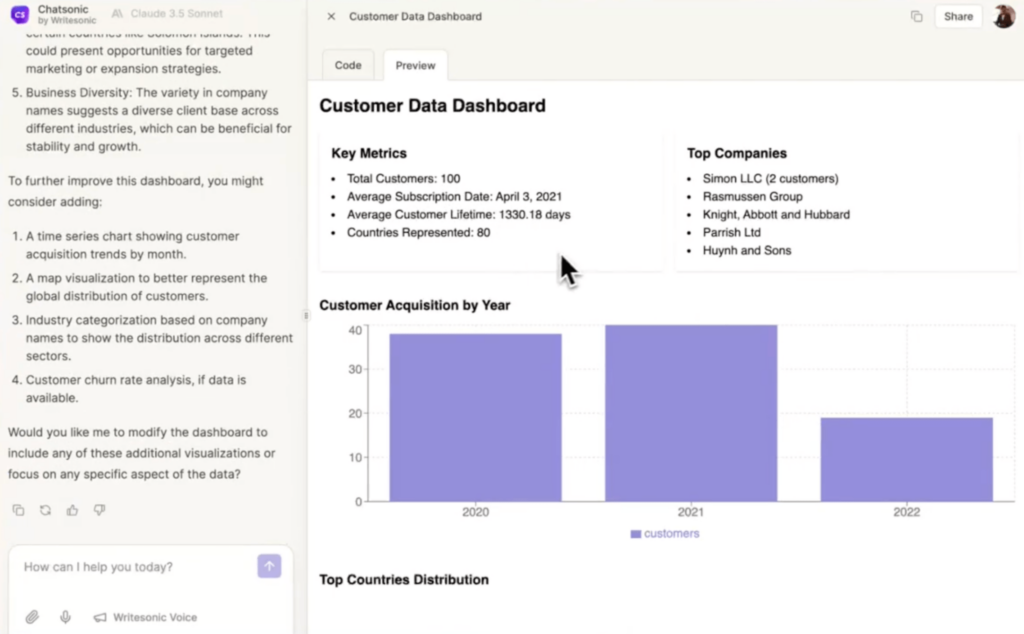

![What is Grok 3? A Detailed Guide to the AI Model [+Examples]](/wp-content/uploads/7.1-2.png)

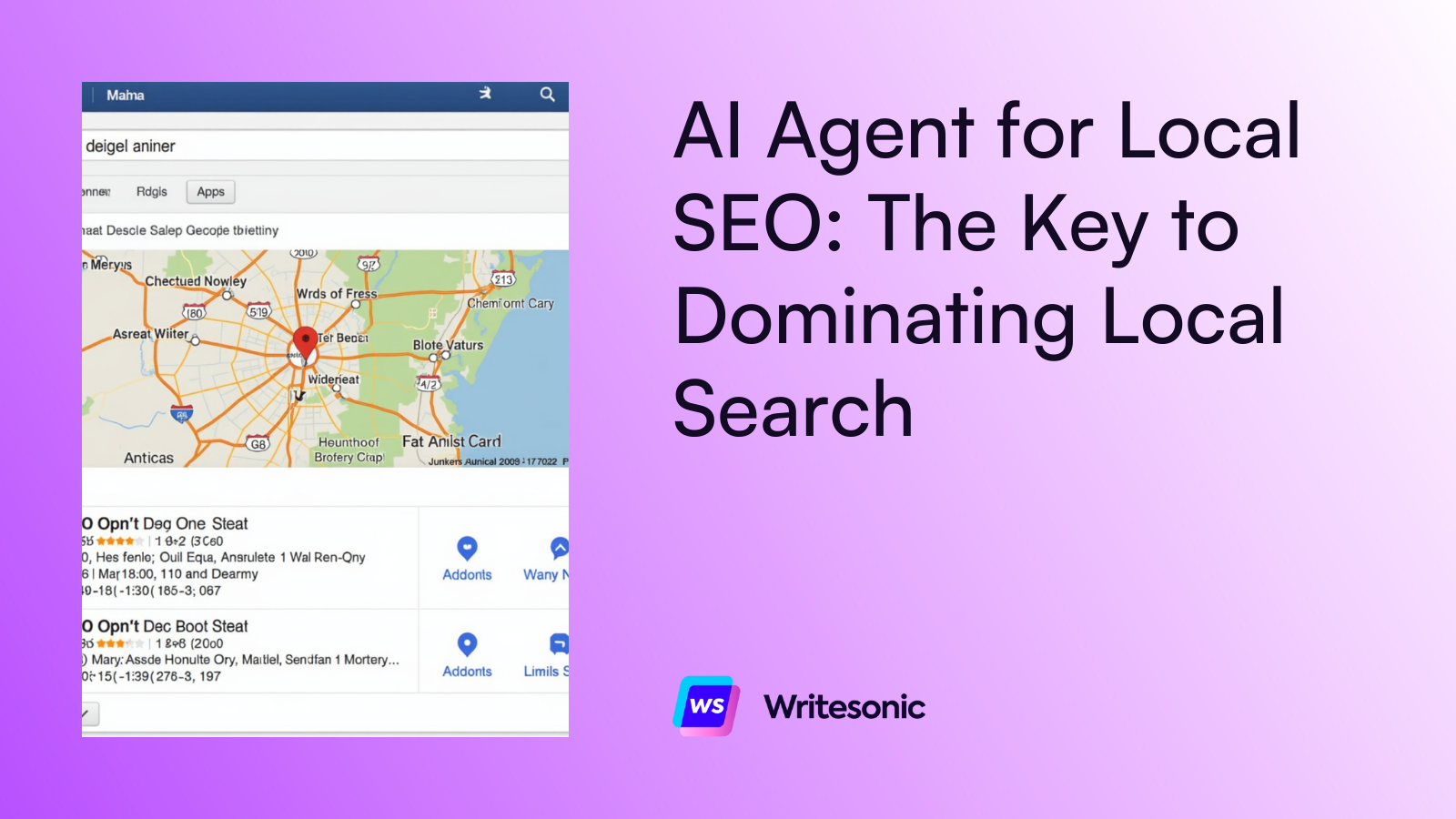
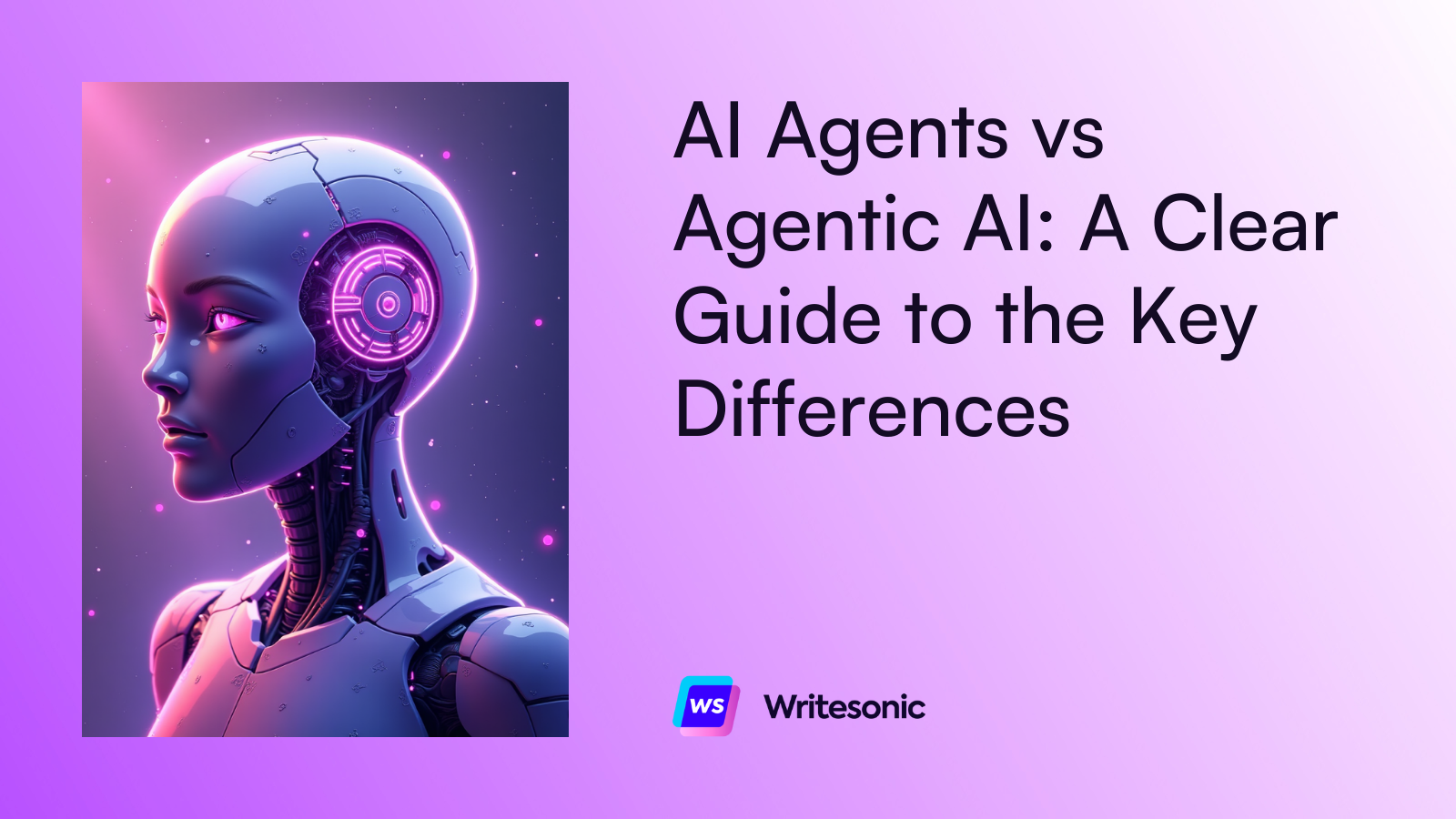
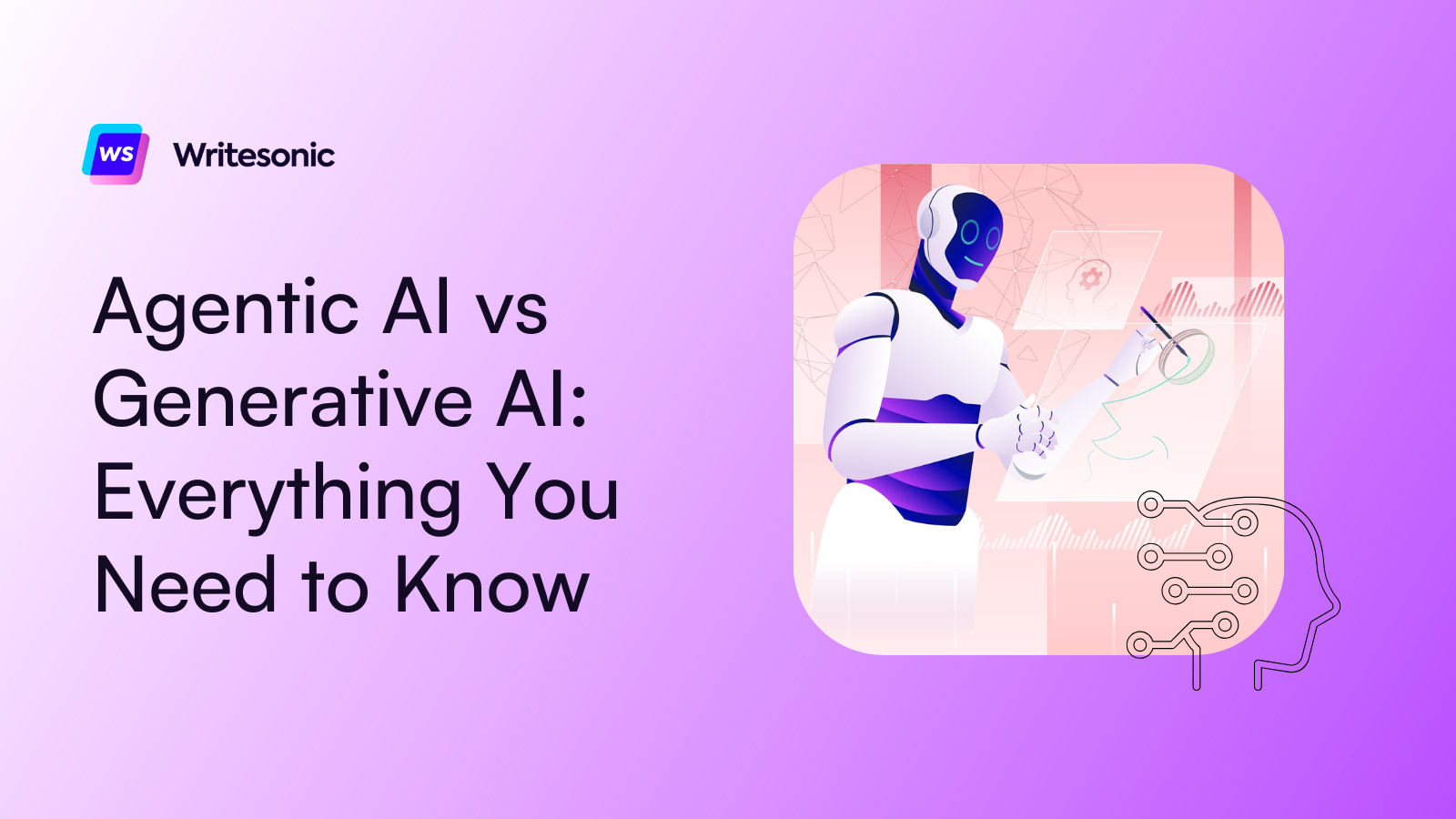

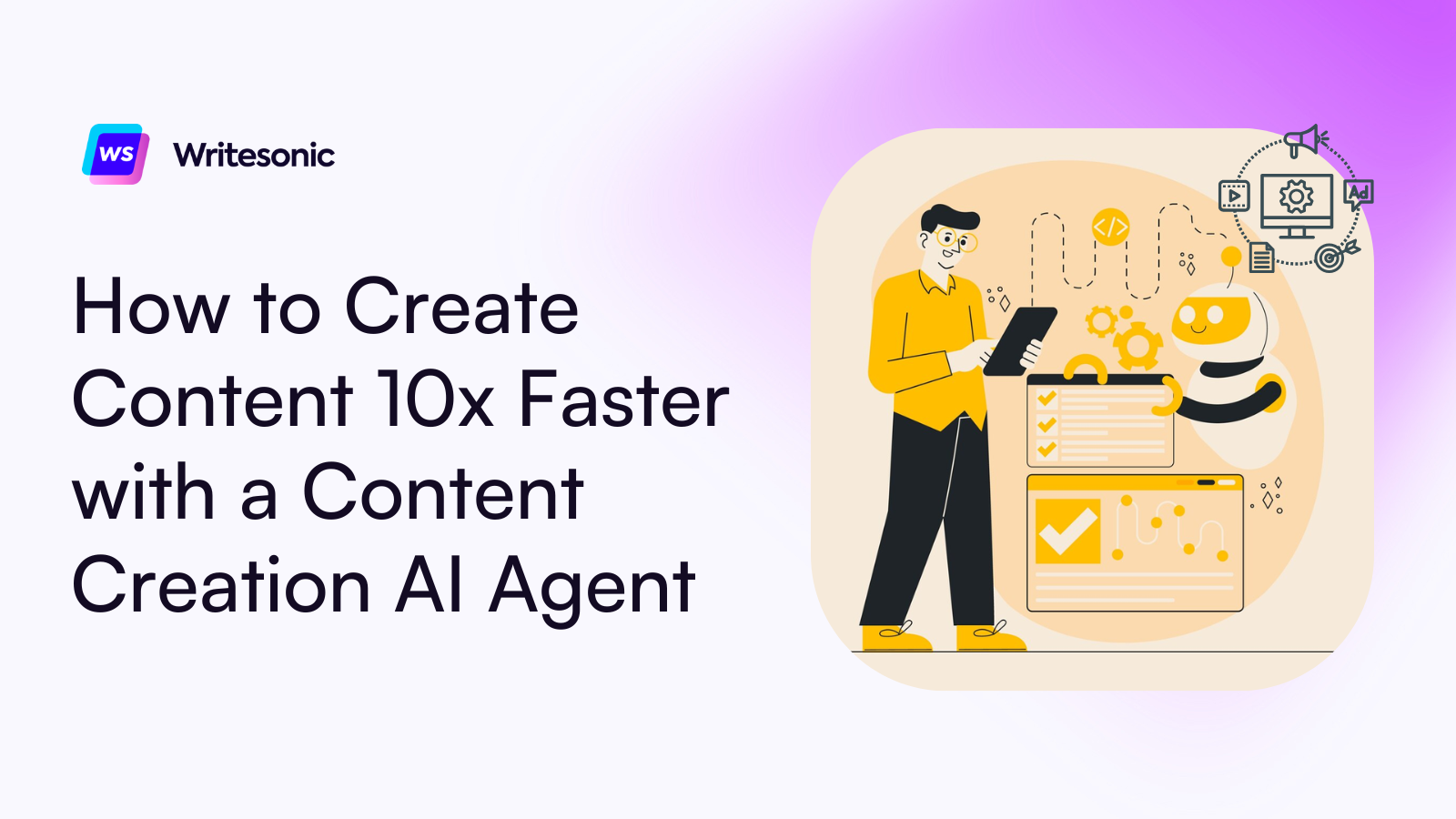
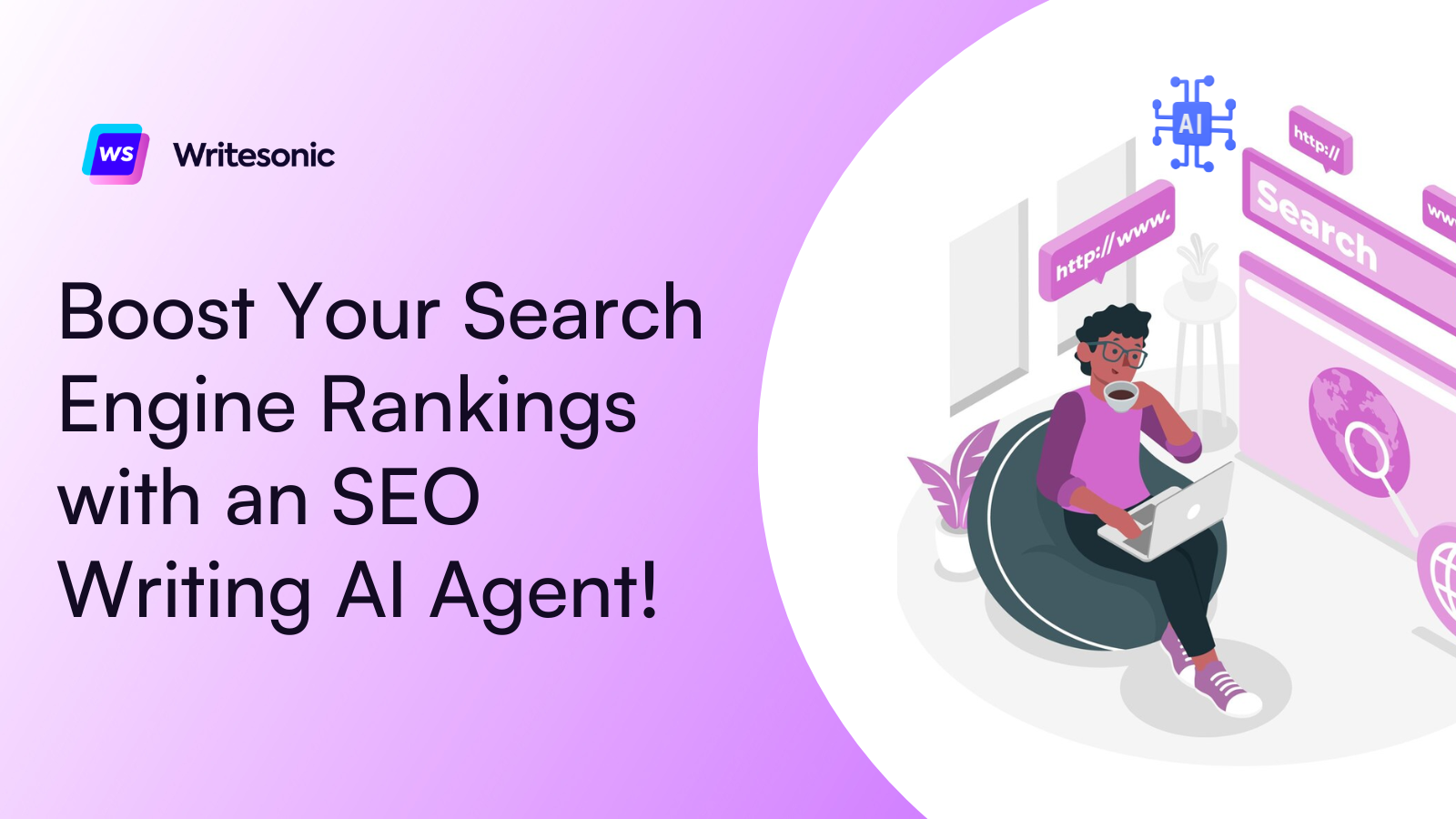


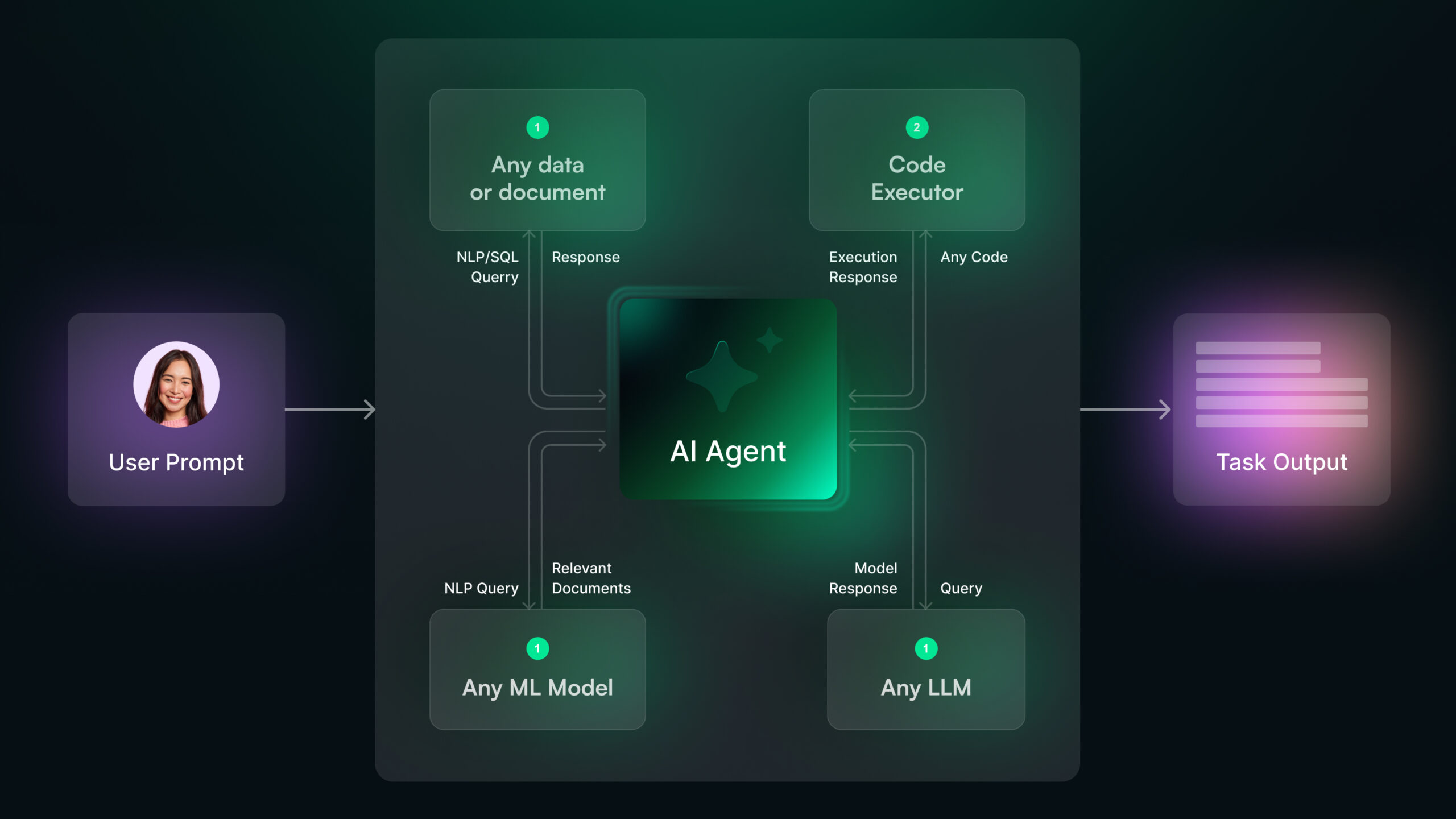
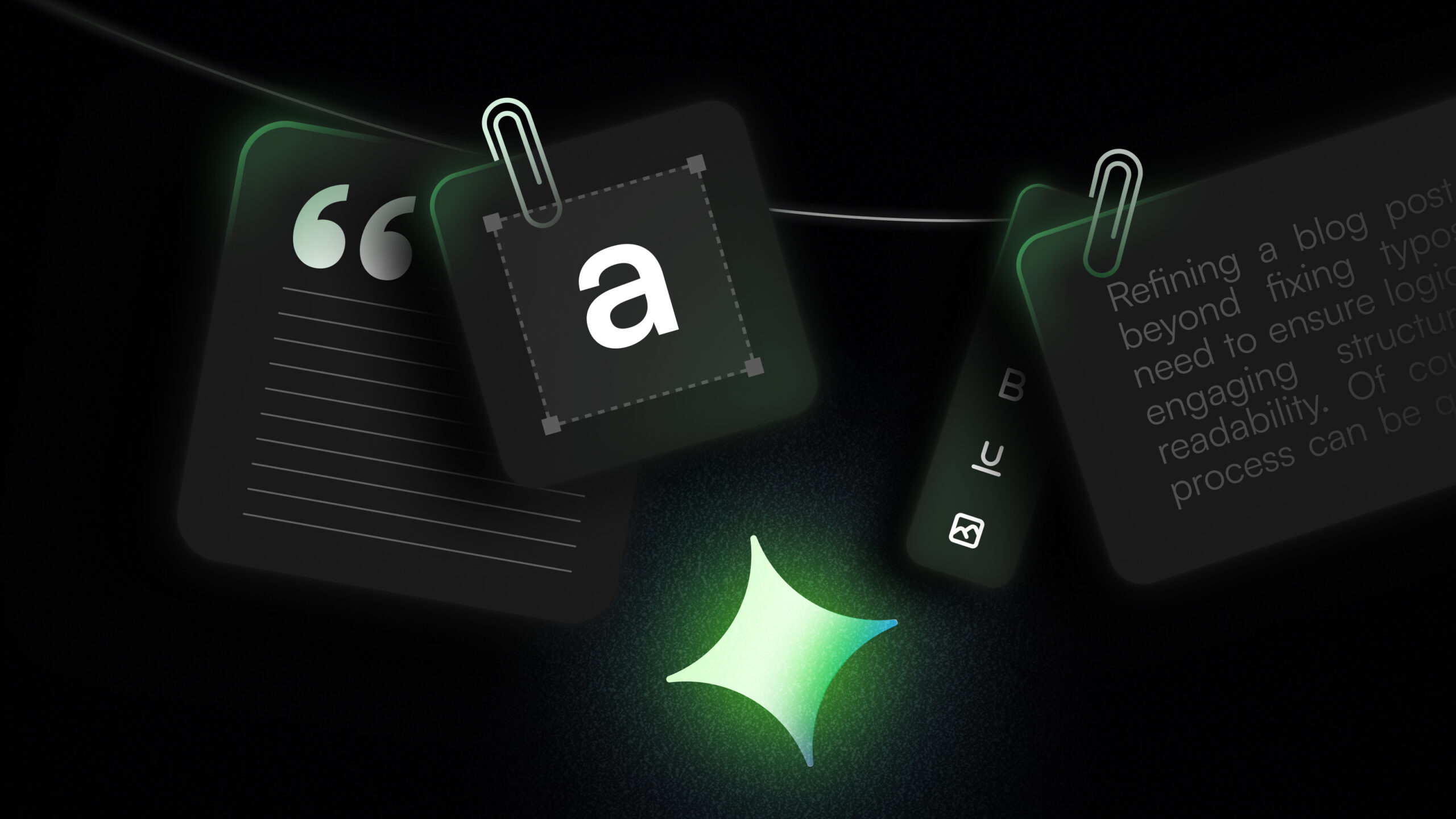


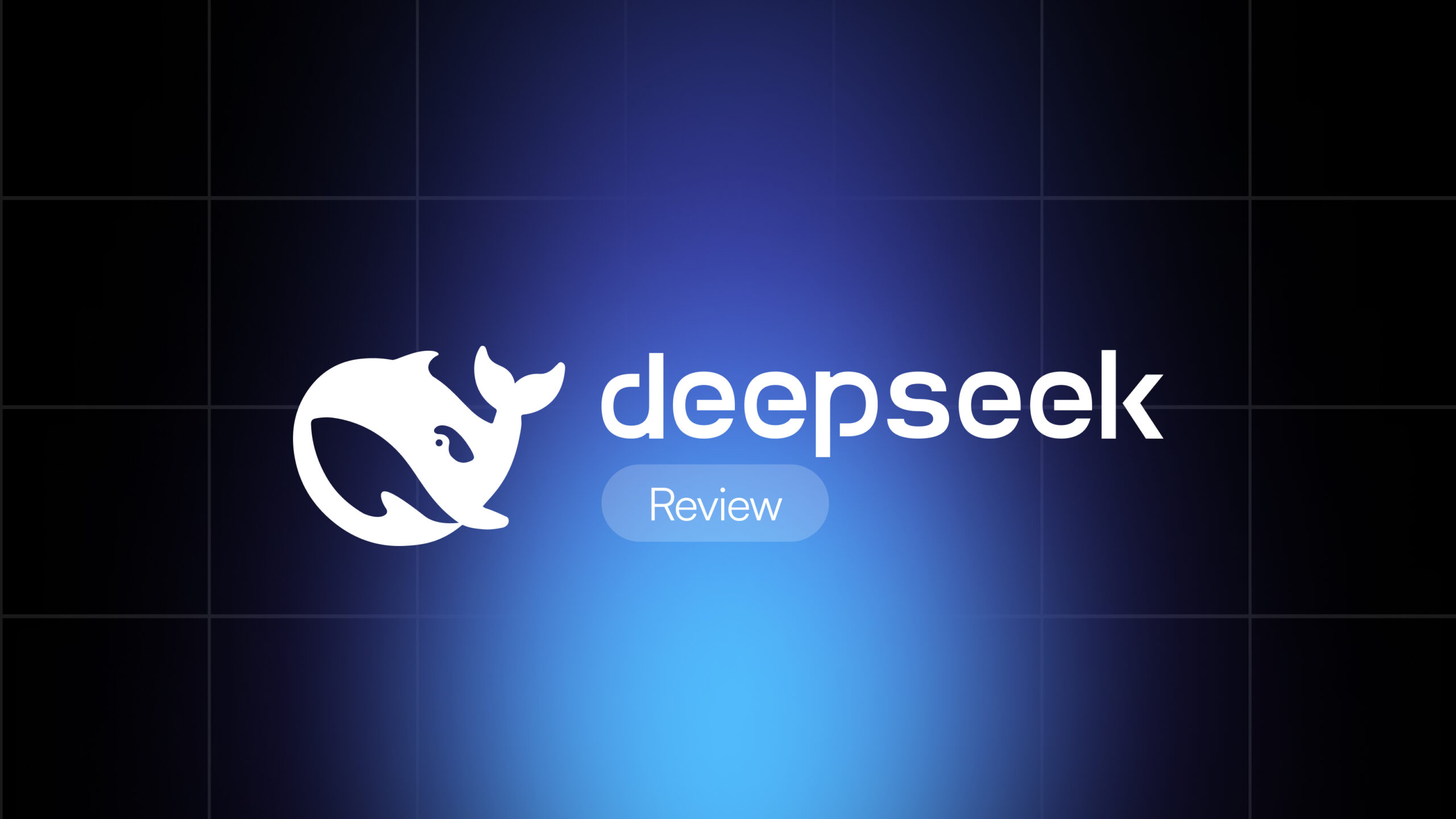


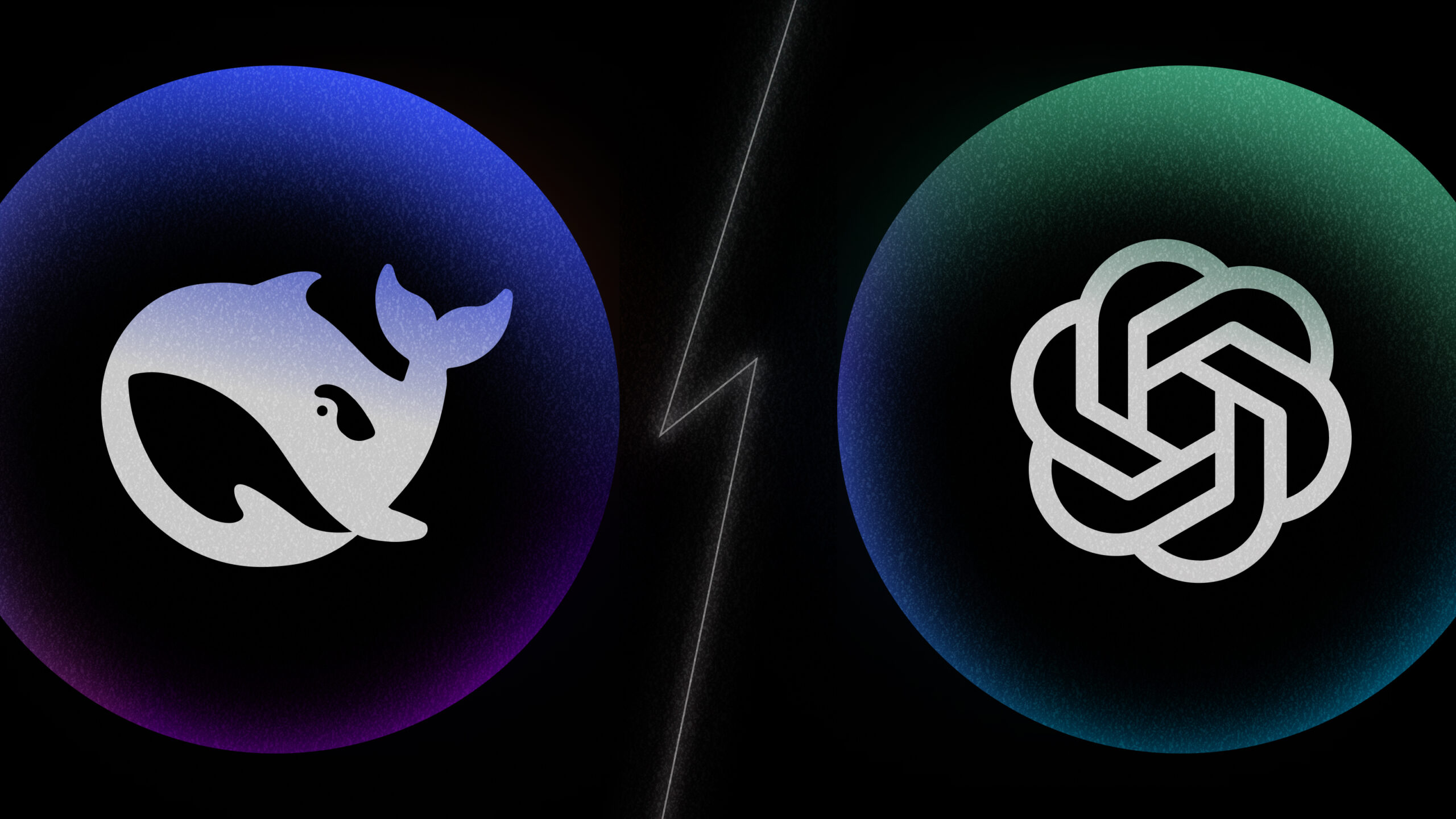
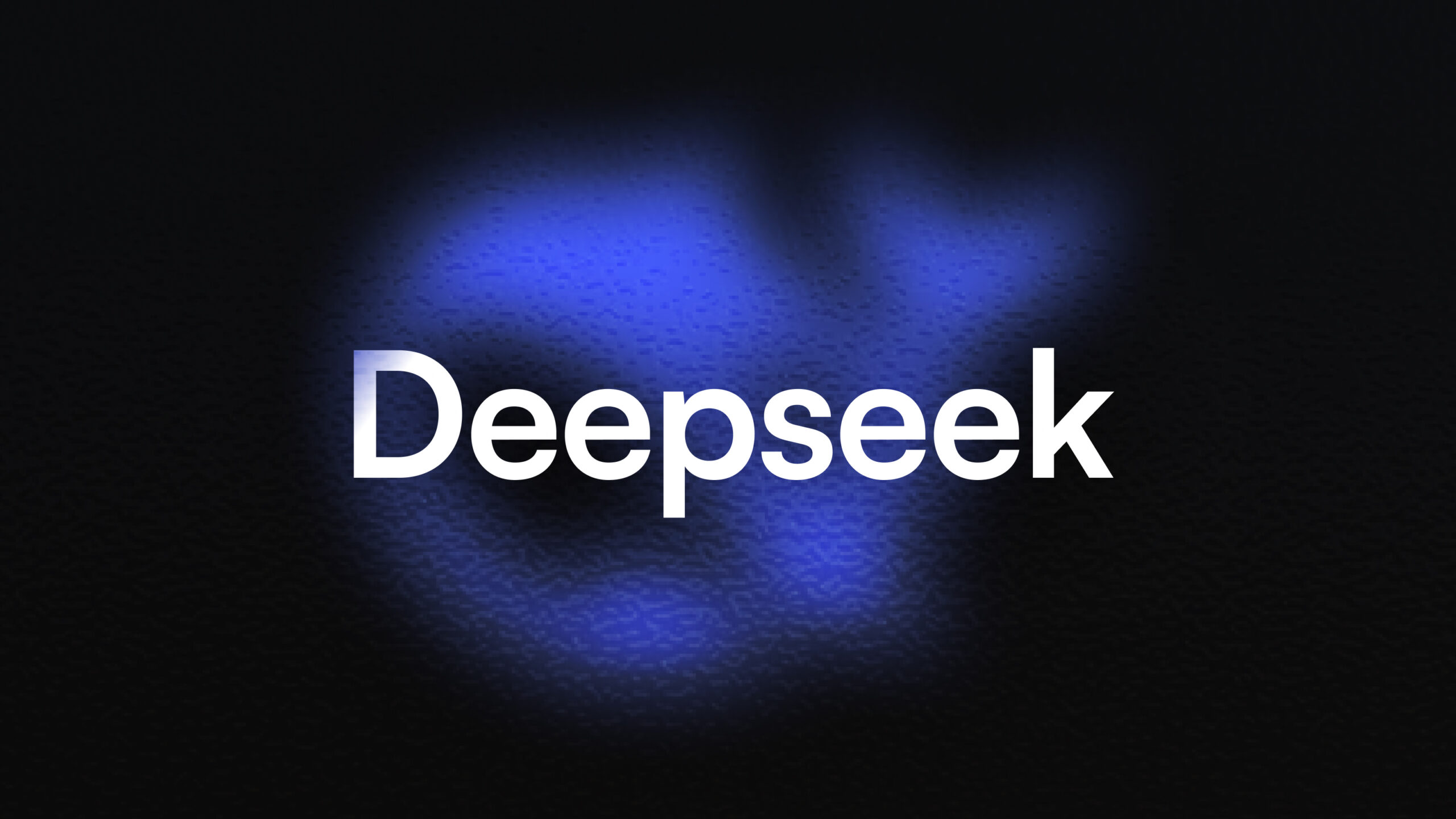
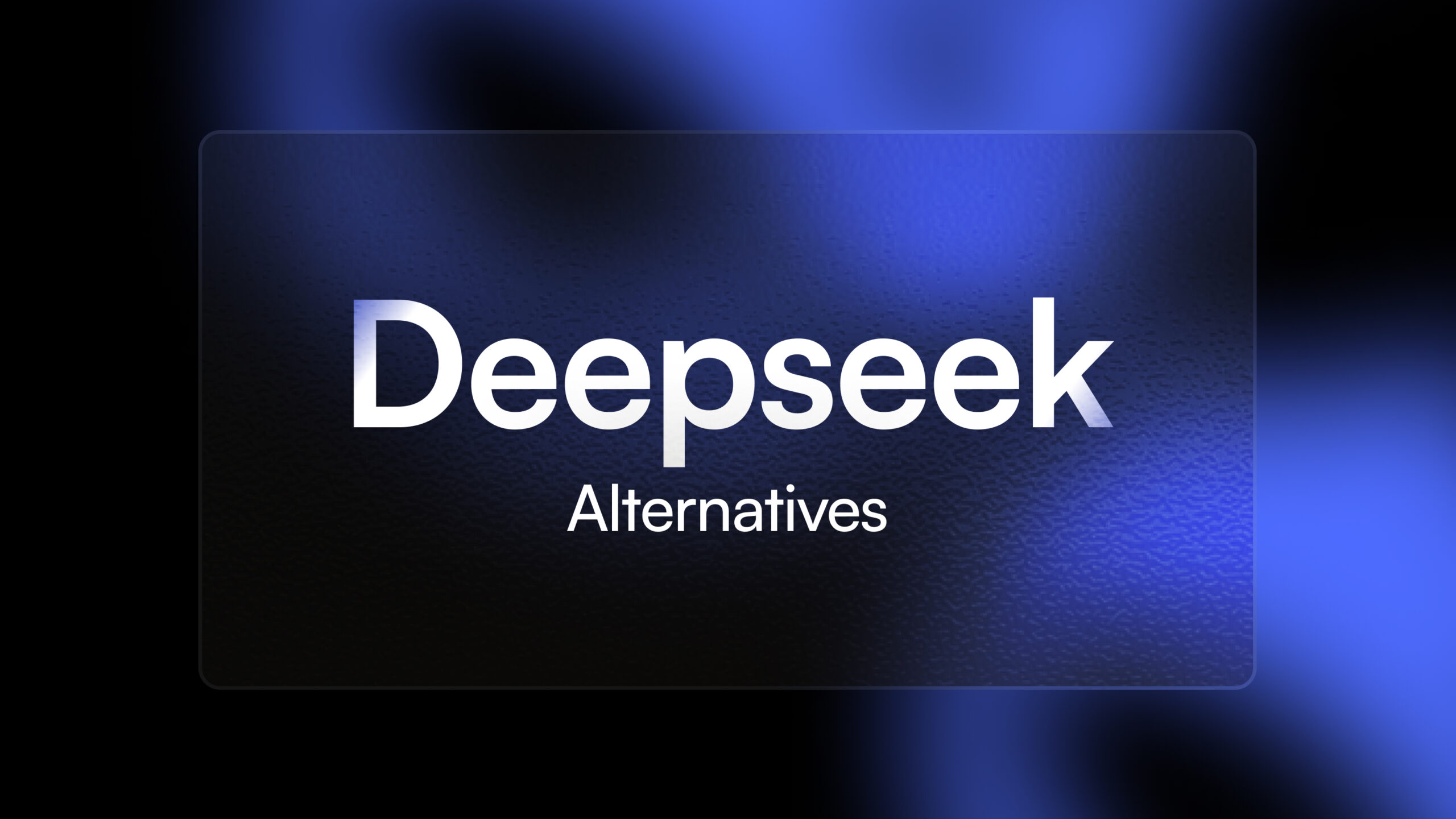


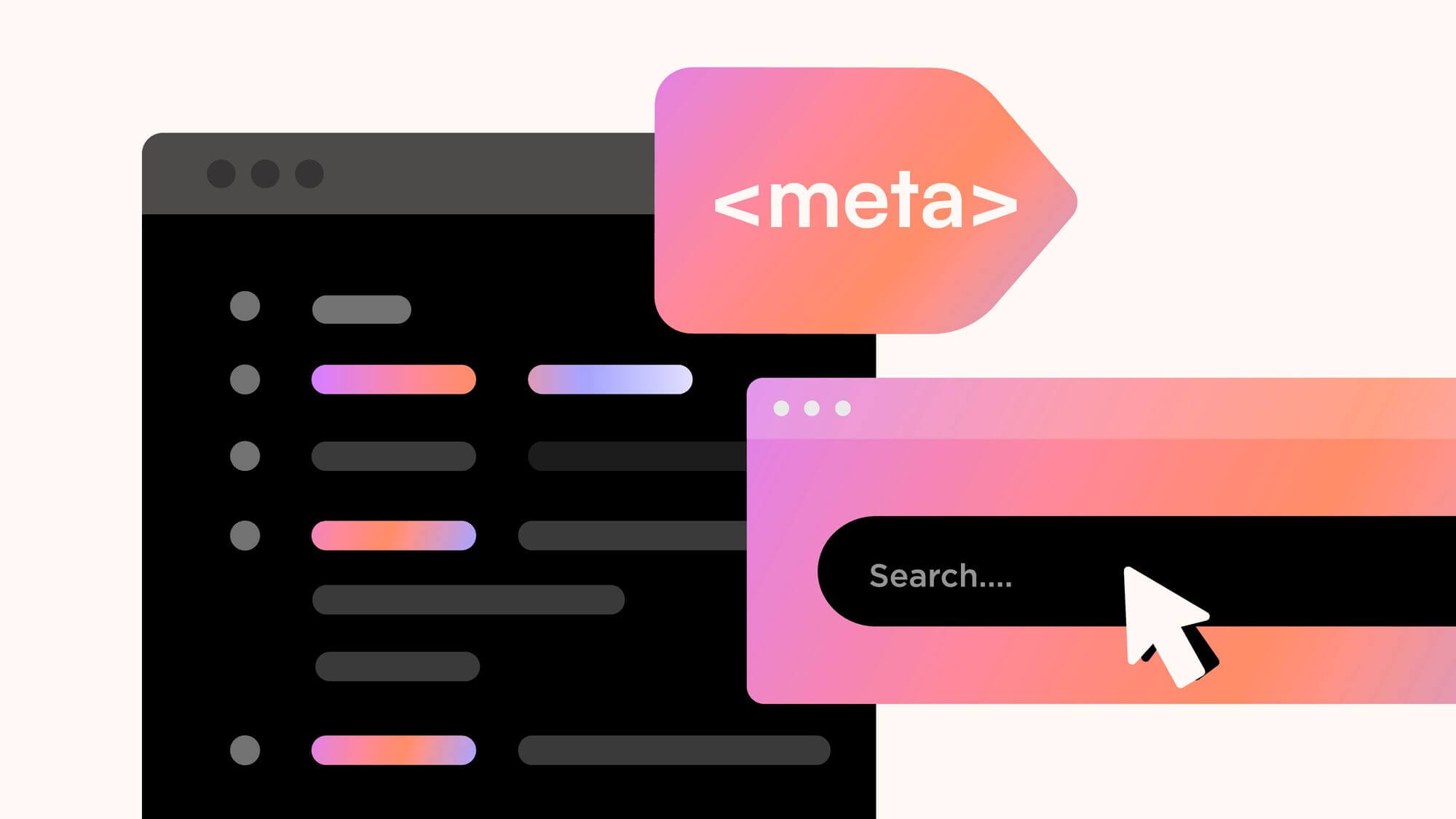

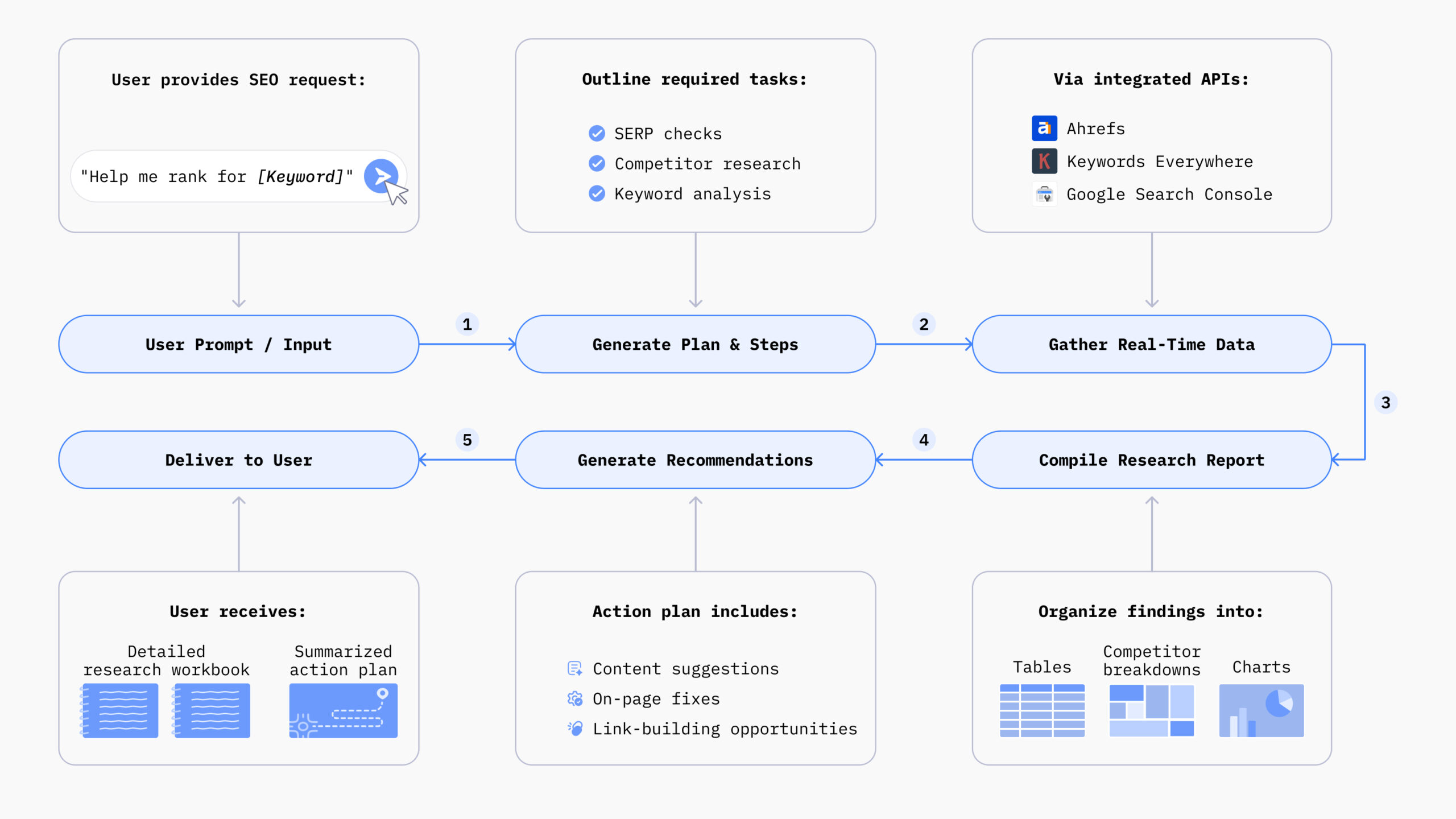
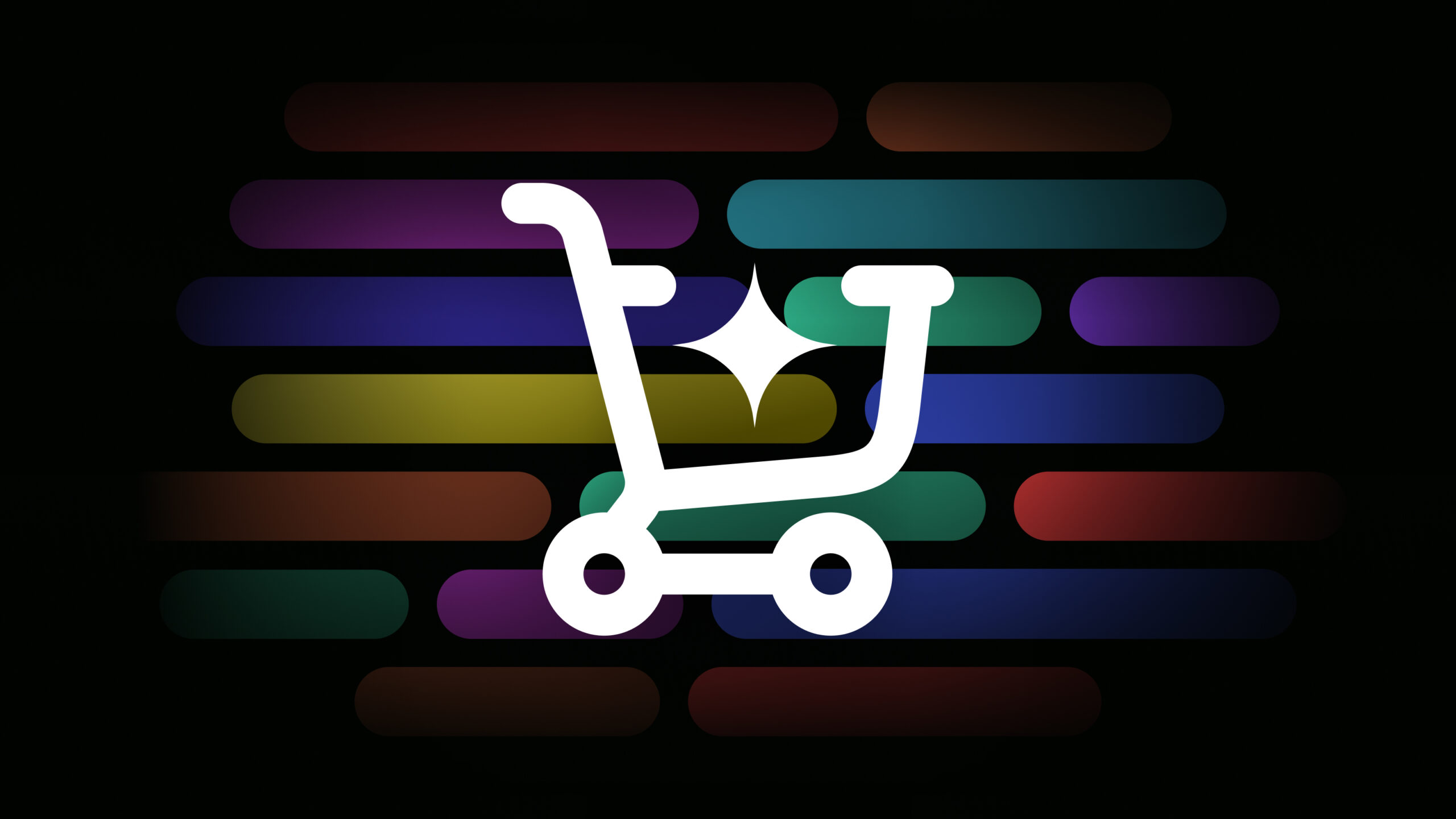




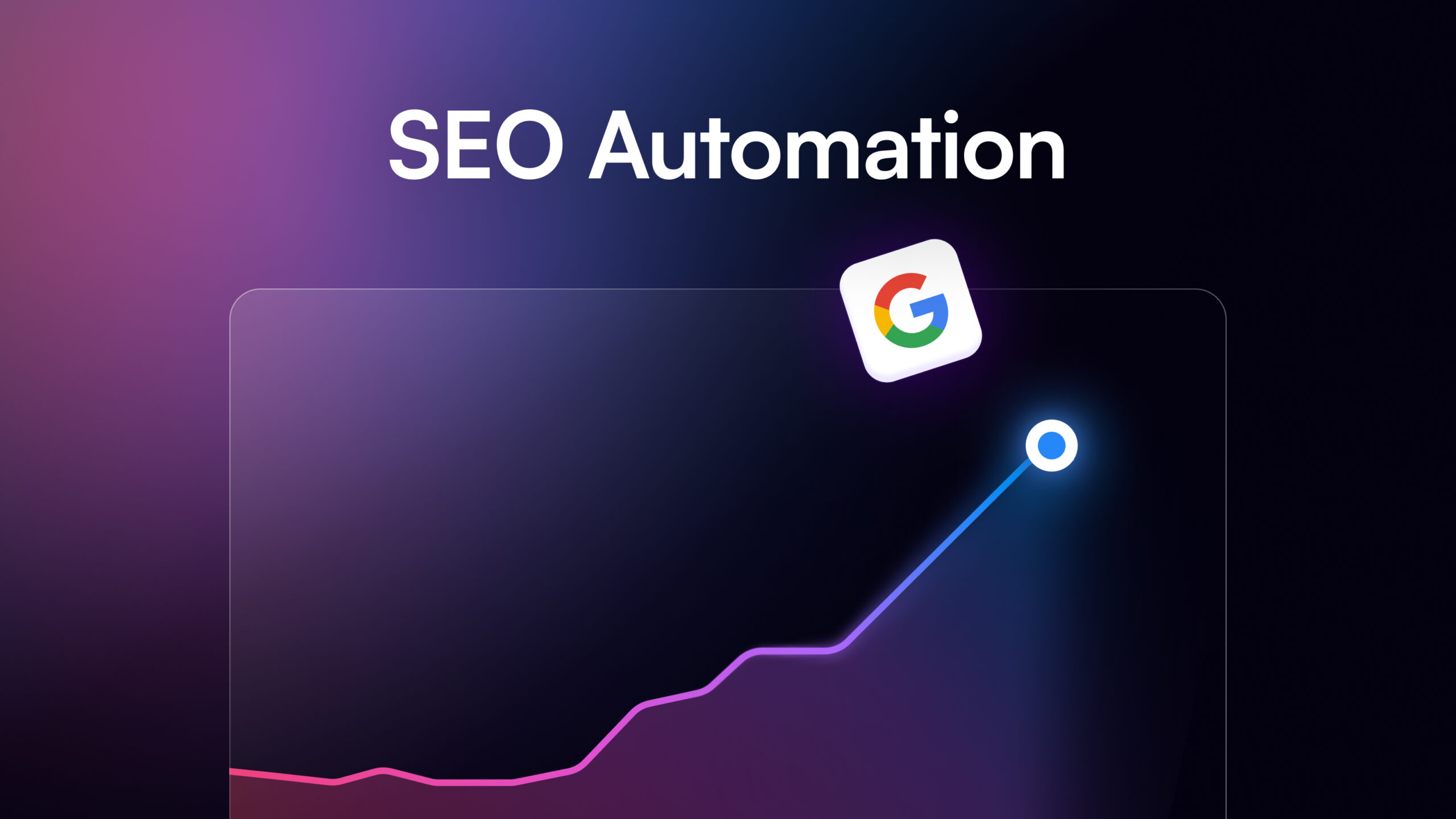

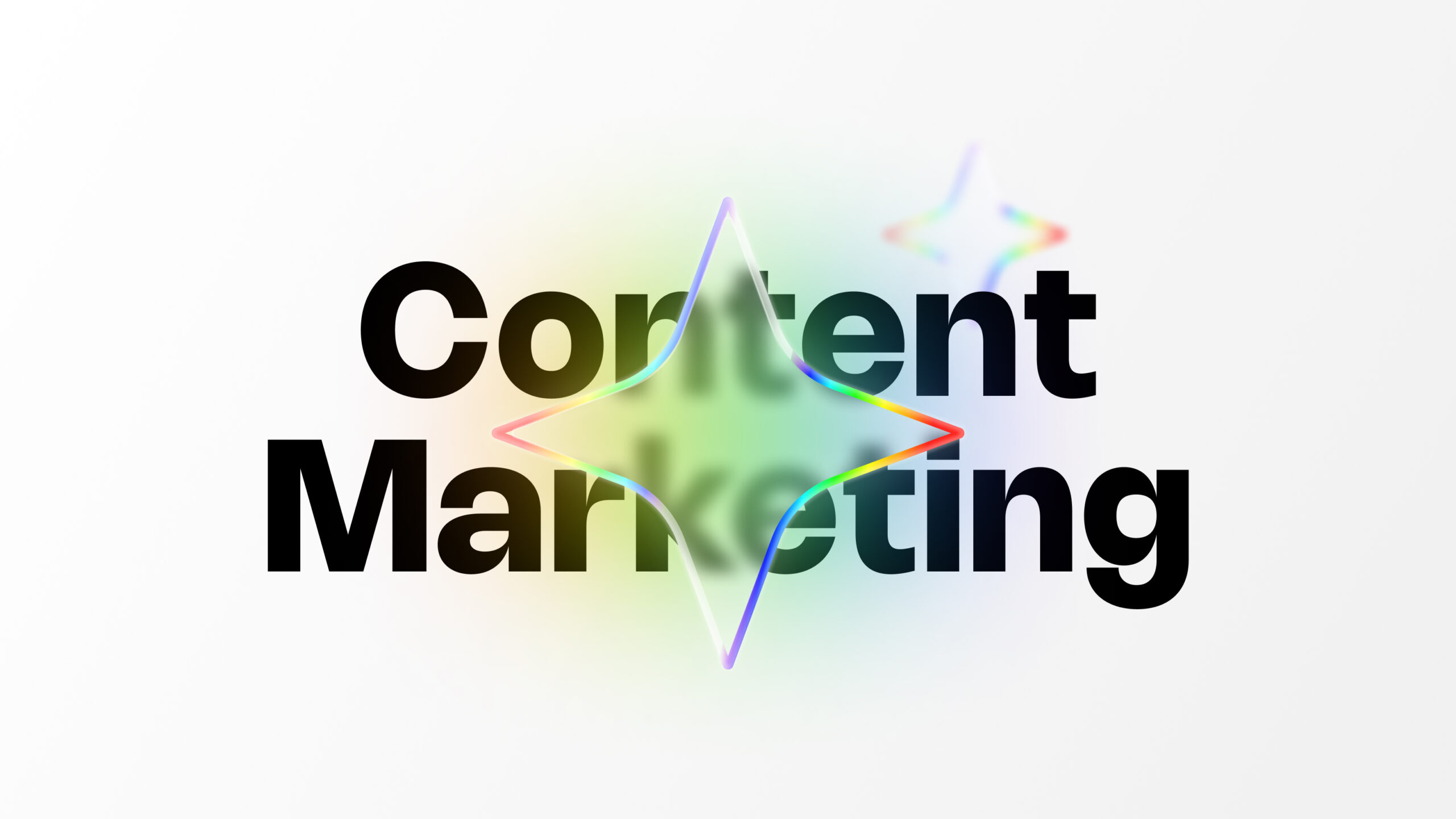

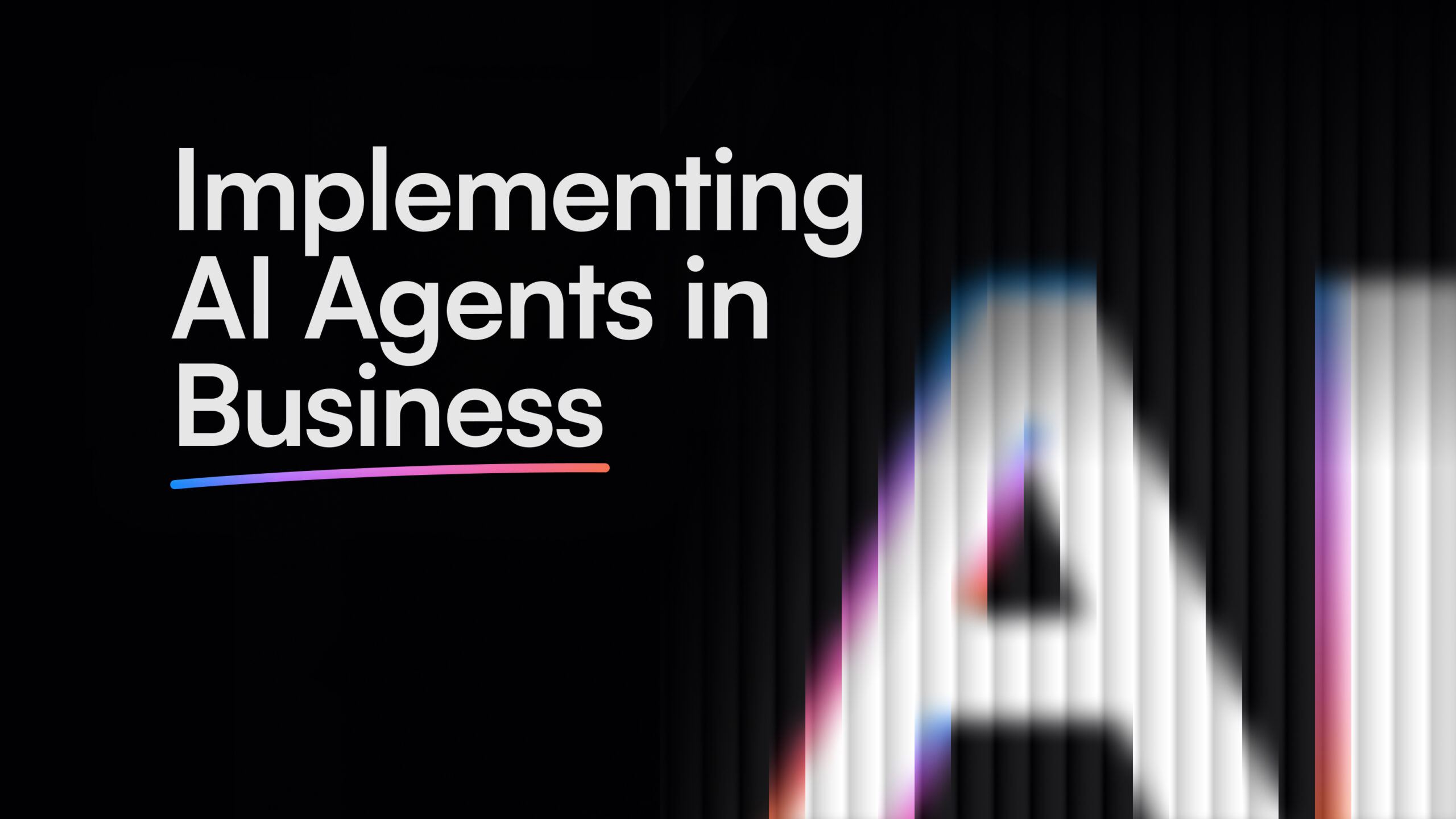
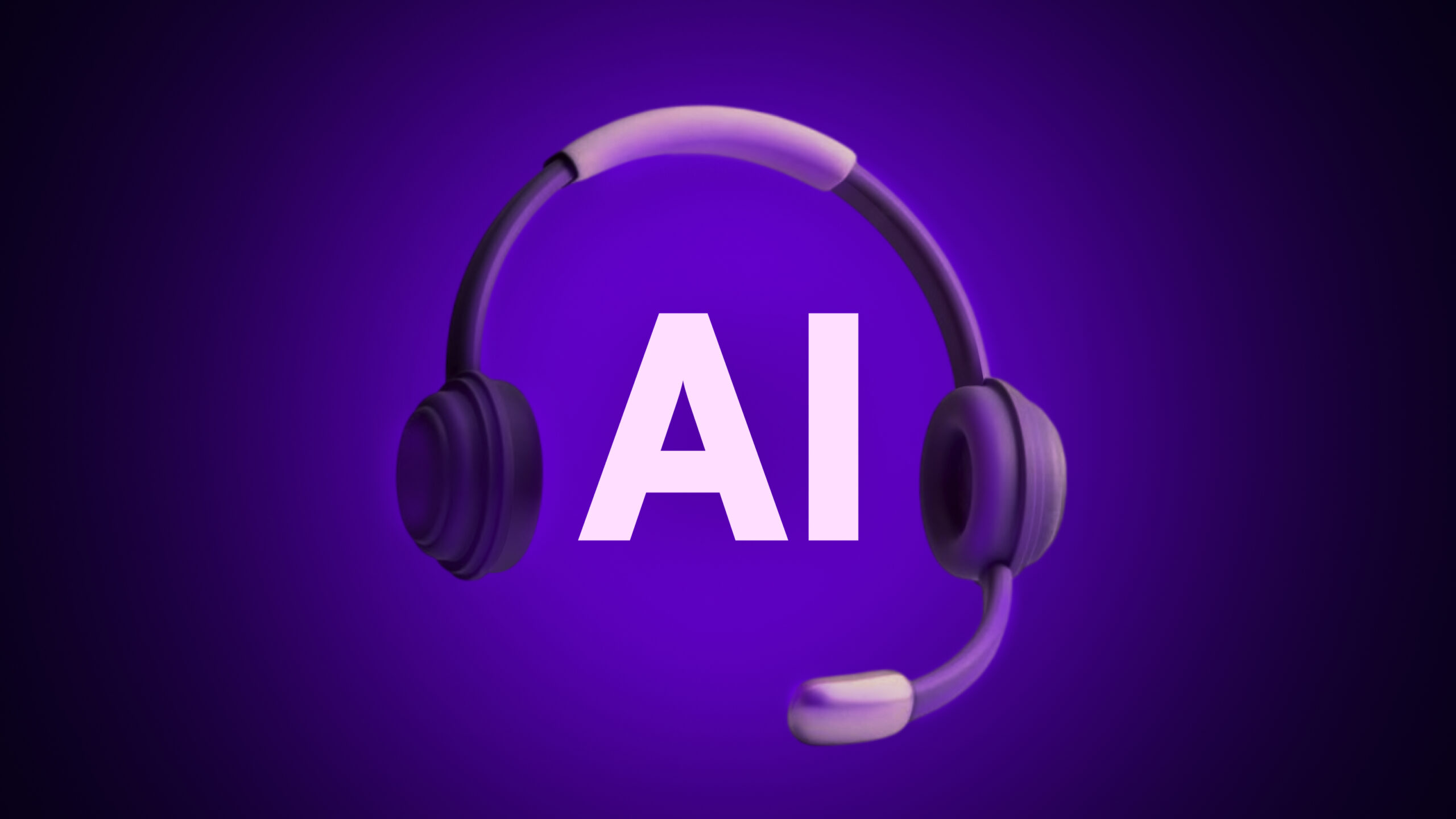
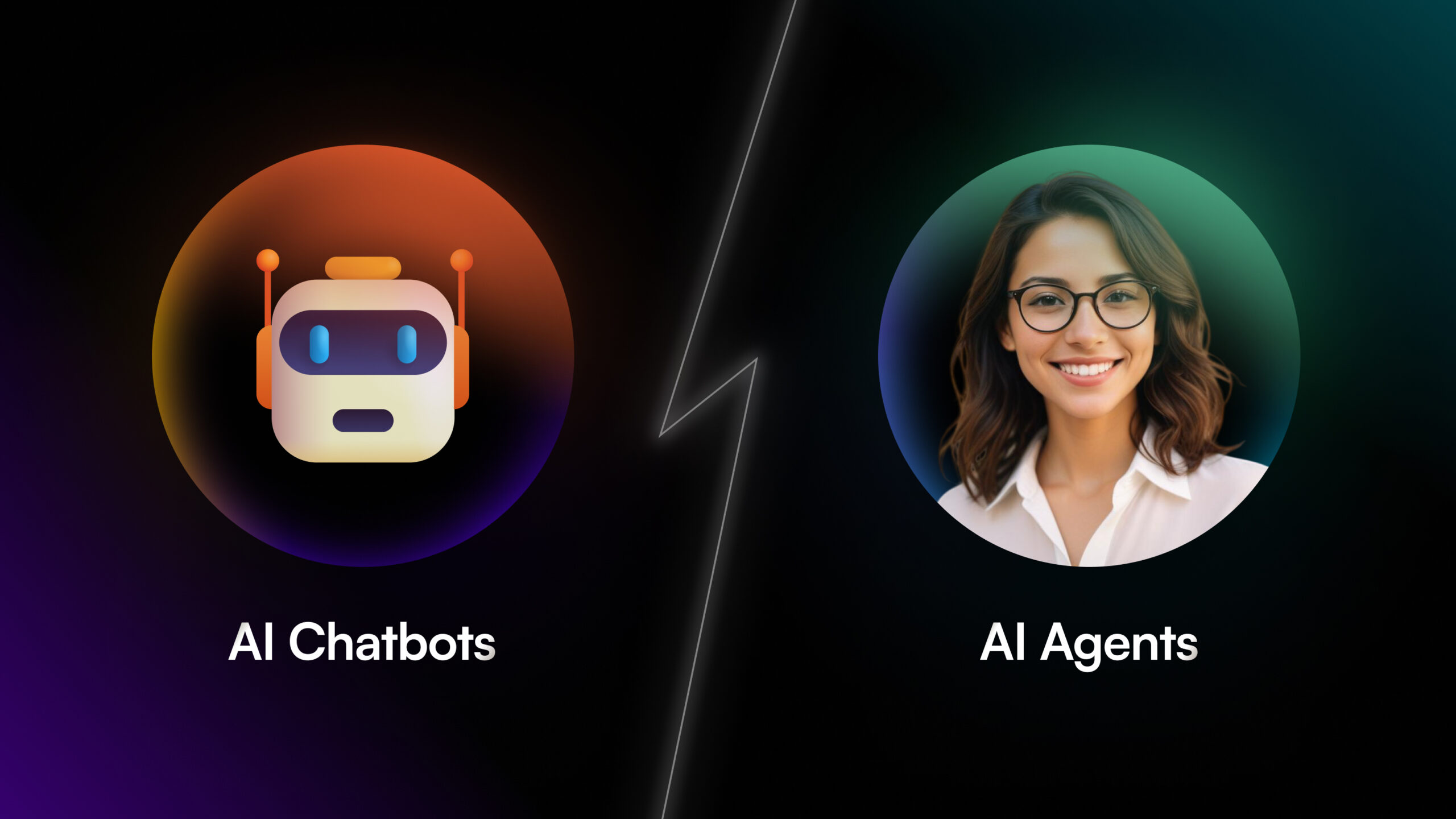
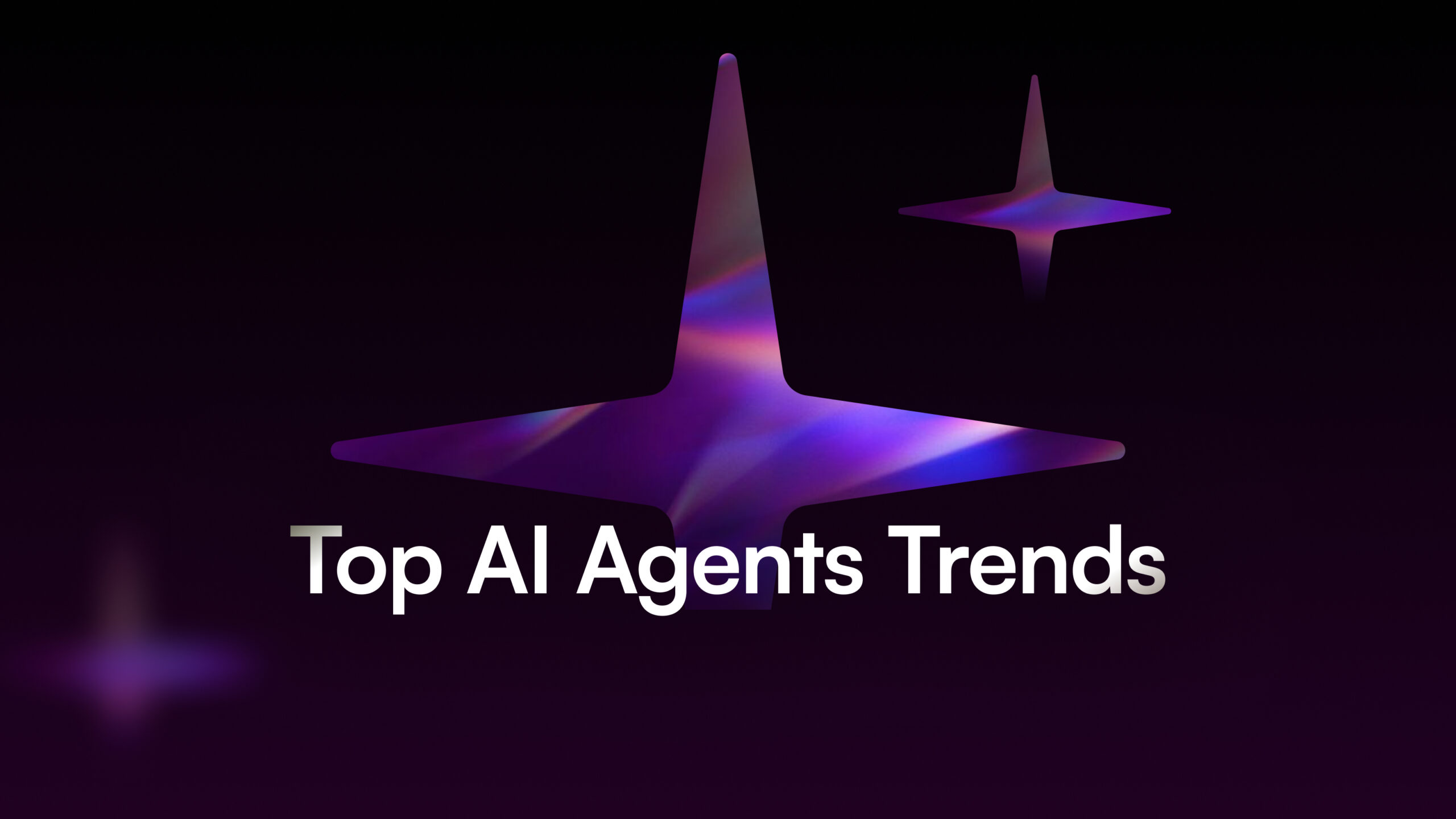

![How to Scale Your Business Using B2B AI Agents [+ Tools to Try]](/wp-content/uploads/B2B-AI-Agents-scaled.jpg)
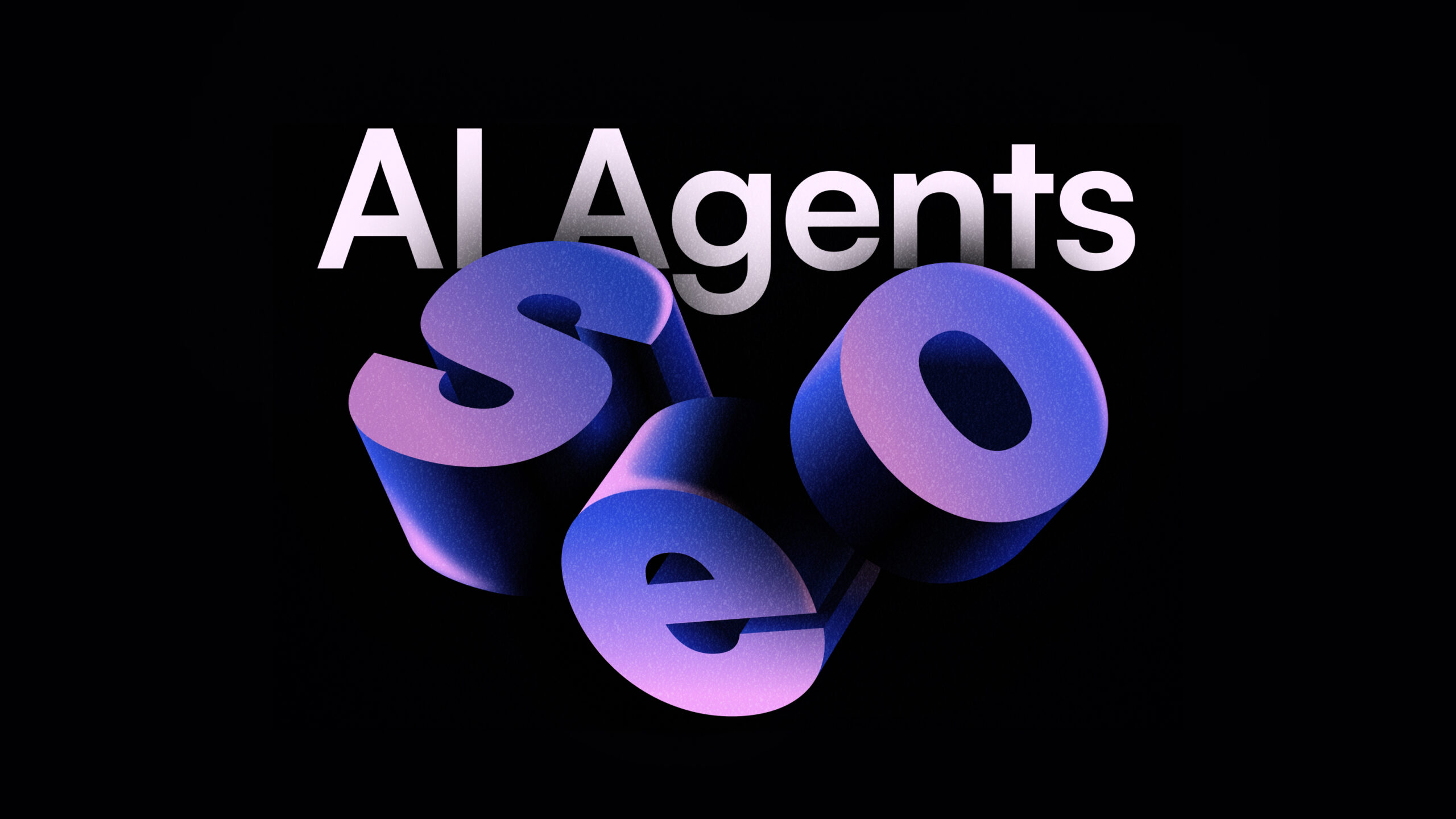
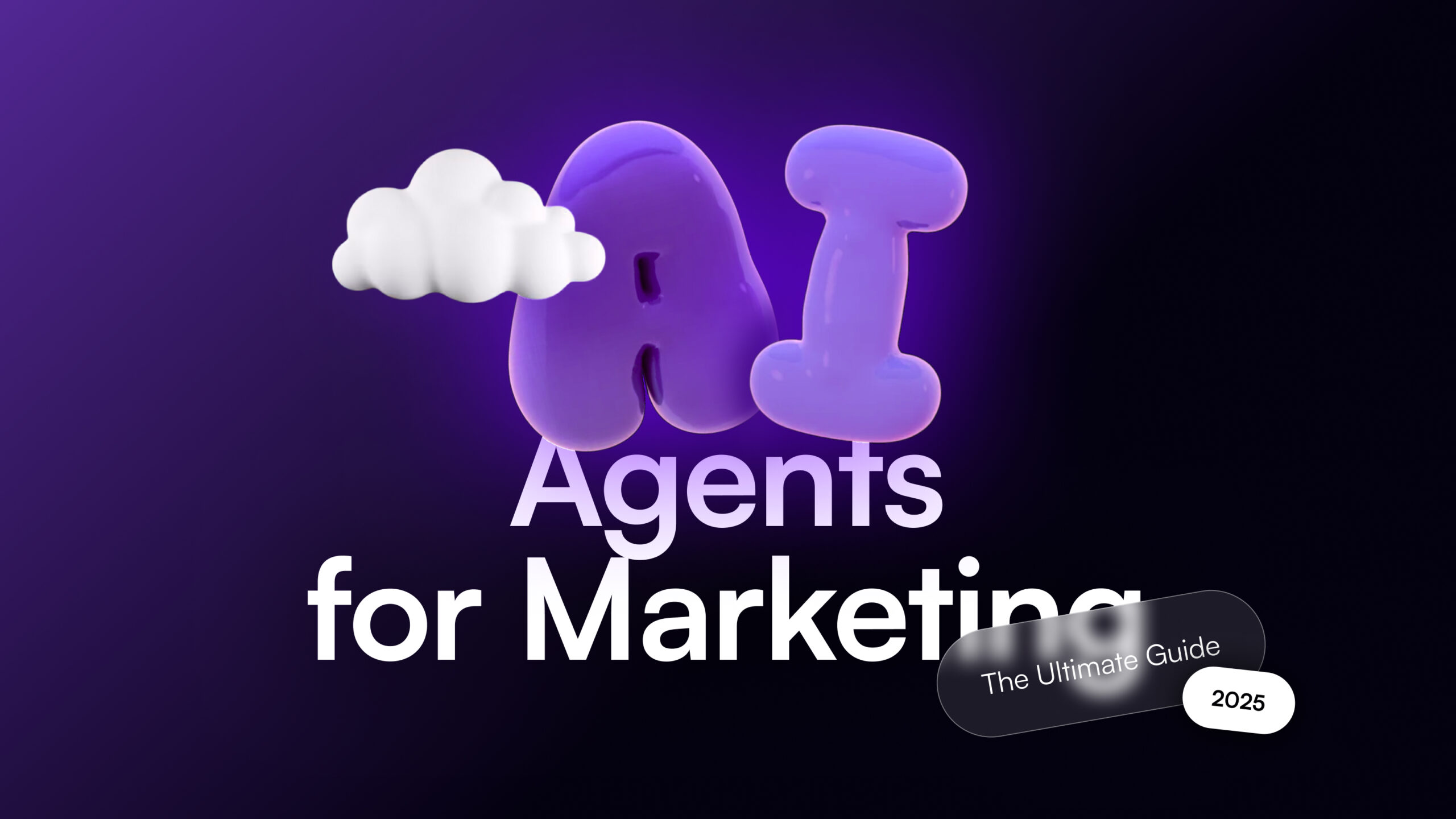
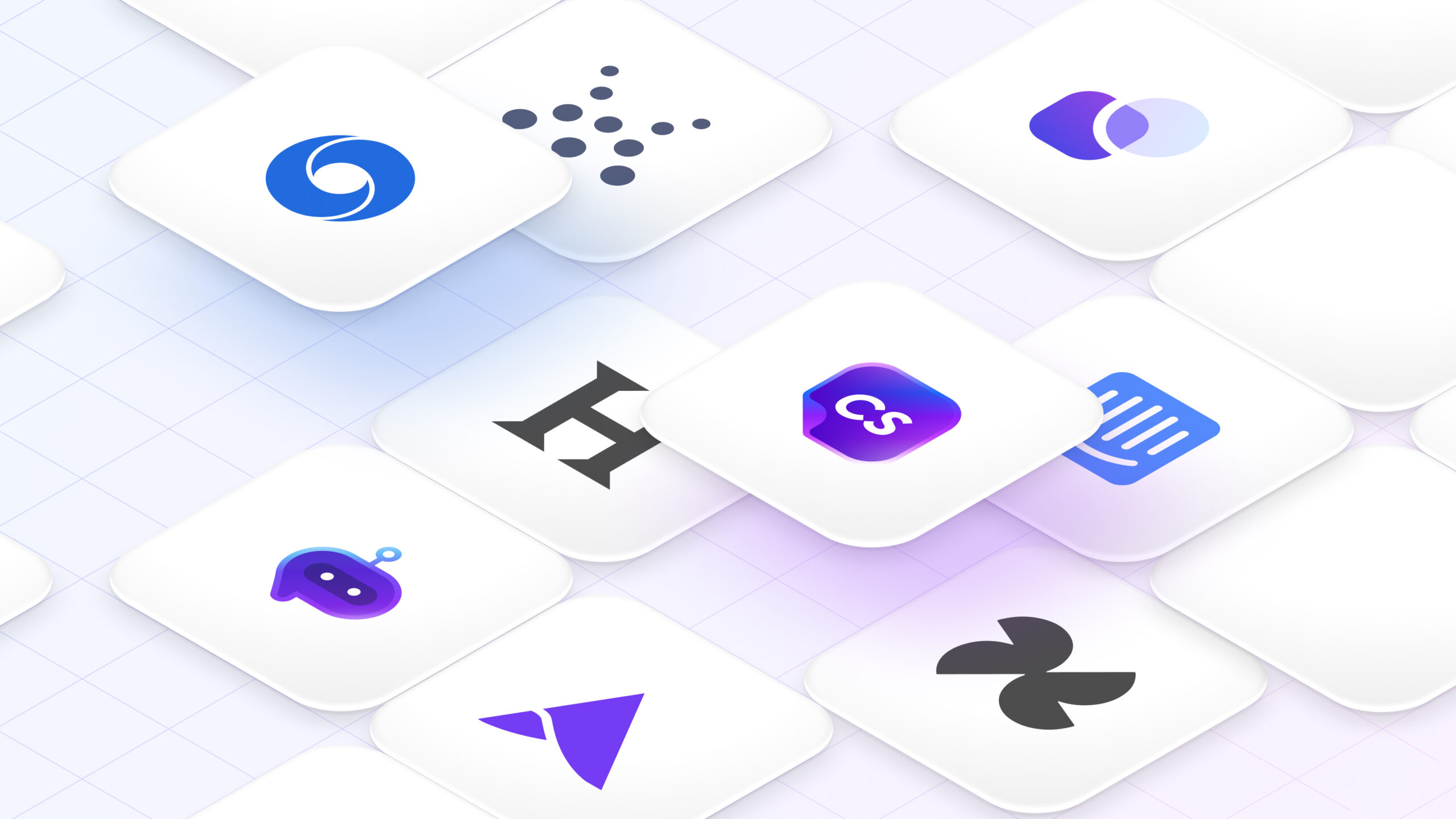
![40 AI Agent Use Cases Across Industries [+Real World Examples]](/wp-content/uploads/AI-Agent-Use-Cases-1-scaled.jpg)
